iPhone 8 Apple's iPhone 8 is coming September 12.
2017
will mark the 10th anniversary of the iPhone and Apple has something
major planned to celebrate the occasion. With less than a month to go
until the launch of the iPhone 8, we've already heard an abundance of
rumors about the device, so we know what to expect when it comes to
design and features.
Apple tested more than 10 prototype iPhone models, leading to a lot of mixed rumors floating around, but the general design and the features we can expect have mostly been nailed down, including in leaks from Apple itself.
The iPhone 8 is expected to feature a radical redesign, with an edge-to-edge display that does away with the top and bottom bezels where features like the Touch ID fingerprint sensor and the front-facing camera are housed. Rumors suggest Touch ID could be eliminated entirely in favor of robust facial recognition technology, which Apple is confirmed to be working on. There will be no physical Home button on the iPhone 8 and no bezels aside from a small area for the front-facing camera.
With an edge-to-edge design, the iPhone 8 may be similar in size to the 4.7-inch iPhone, but with a display the size of the 5.5-inch iPhone. Rumors suggest it will feature a 5.8-inch display with 5.15 inches of usable area, with the rest dedicated to virtual space that will replace the Home button. A series of gestures may be used to navigate instead of a Home button.
The display itself is said to be a flexible plastic OLED rather than an LCD, allowing Apple to introduce a thinner device that consumes less power and offers a better display with higher contrast ratio and more true to life colors. It will feature a slightly curved 2.5D display that's similar to the display used in the iPhone 7.
As for the body, Apple is finally moving away from the aluminum used in the iPhone 5, 5s, 6, 6s, 7, and SE, and will instead adopt a glass body that's similar to the body that was used for the iPhone 4. According to analyst Ming-Chi Kuo, the glass will be built around a polished stainless steel frame that's similar in design to the Apple Watch. Other models will also feature glass, but with an aluminum frame.
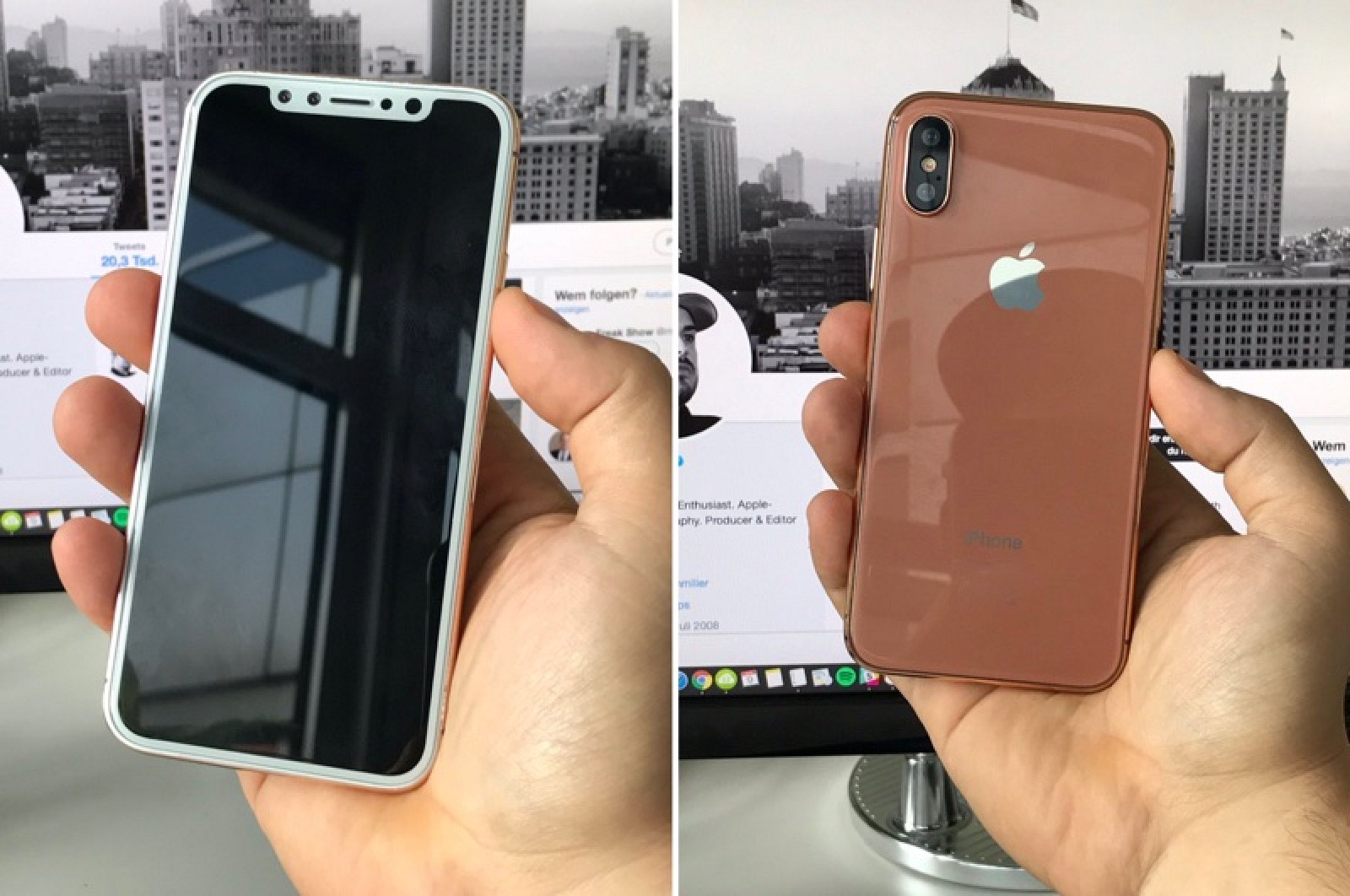
"iPhone 8" dummy model image shared by Ben Miller
Like the iPhone 7, the iPhone 8 is expected to be water resistant, but it may have an improved IP68 water resistance rating. It will continue to be able to hold up to rain, splashes, and brief submersion in water, and that water resistance has been confirmed by an Apple supplier and may extend to all iPhone models being released in 2017.
Inside, the iPhone 8 is expected to have a 10-nanometer A11 chip that will be both faster and more efficient, plus rumors suggest it could also include features like induction-based wireless charging and biometric additions like facial recognition that would be used for device security, perhaps to replace Touch ID. In higher-end models with a dual-lens camera, both lenses are expected to feature optical image stabilization.
The iPhone 8's front-facing camera will include advanced 3D sensing capabilities that use technology by PrimeSense, allowing it to find the location and depth of objects in front of it, enabling advanced 3D facial recognition features. Rumors suggest Apple will use a vertical rear camera for improved pictures and better AR functionality, along with a dual-camera setup for the front-facing FaceTime camera.
Apple is said to be planning to position the OLED iPhone 8 as a ~5-inch "premium" model that will be sold alongside standard 4.7 and 5.5-inch iPhone models with traditional LCD screens. The iPhone 8 is expected to cost as much as $1,000, which is a good deal more expensive than previous iPhones. The iPhone 8 and its companion devices are expected to be available in a limited number of colors -- gold, silver, and black.

"iPhone 8" rendering said to be based on leaked CAD drawings
Given the radical design changes Apple plans to introduce in the OLED iPhone, rumors have been suggesting there will be serious supply constraints. Apple will introduce the 5.8-inch OLED iPhone at a September 12 event alongside the standard 4.7 and 5.5-inch devices, but it's likely to only available in small numbers, with the majority of people unable to get their hands on the new device until the first quarter of 2018.
Information sourced from Weibo has suggested the iPhone 8 will be available in 64, 256, and 512GB storage capacities supplied by SanDisk, Toshiba, Samsung, and SK Hynix. It's not clear how accurate this information is, nor if all colors will be available in all capacities.
Storage options for the iPhone 7s and the iPhone 7s Plus are also unknown.
One additional rumor has suggested the iPhone 8 will include increased storage space, that could make the device more expensive than previous-generation iPhone models, and two other rumors say it will be available in 64 and 256GB capacities.
Such an engine would perhaps be necessary if Apple is indeed eliminating the Home button in the iPhone 8, as has been rumored. Haptic feedback could offer vibrations to denote triggers like the unlocking of the iPhone and the confirmation of a Touch ID payment, two features currently tied to the physical iPhone Home button.
Apple is said to be planning to use a stacked logic board design that will support longer battery life. With the improved logic board, the iPhone 8 will be able to offer the same battery life traditionally available in the 5.5-inch iPhone in a device the size of the 4.7-inch iPhone. An L-shaped two-cell battery pack with a capacity around 2,700 mAh could be included. Battery life could be further improved through the use of a more energy efficient OLED panel.
KGI Securities analyst Ming-Chi Kuo predicts Apple will implement USB Type-C power delivery technology (while still using the Lightning port) to offer a fast charging feature that would allow the iPhone to charge more quickly. He believes that while the iPhone 8 will offer fast charging functionality, it will continue to ship with the same 5W power adapter equipped with a USB-A port that's included with iPhones today. A USB-A to Lightning cable will also be included as a standard accessory. Kuo believes a 29W USB-C MacBook power adapter will be needed to use fast charging. Apple sells the power adapter for $49.
Barclays analyst Blayne Curtis disagrees with Kuo and predicts the iPhone 8 will ship with a 10W USB-C wall charger, an upgrade from the 5W charger that ships with the current iPhone 7 that would allow the iPhone 8 to charge faster. The 10W power adapter would include a USB-C connector (and a Lightning to USB-C cable) along with an integrated USB-C Power Delivery chip.
Kuo predicts a 4.7-inch iPhone with a single camera, a 5.5-inch model with a dual-lens camera, and an OLED model in an unspecified size with a dual-lens camera.
He believes that future models will include optical image stabilization (OIS) for both the wide-angle and telephoto lenses. In the iPhone 7 Plus, only the wide-angle lens features OIS. The camera in the 2017 iPhone could also support 3D photography effects if Apple opts to use an LG camera module.
According to Japanese site Mac Otakara and multiple design leaks, the high-end 5-inch iPhone Apple plans on will adopt a new vertical dual camera arrangement instead of a horizontal dual camera system. A vertical dual camera has also been seen on alleged iPhone 8 design schematics and has been confirmed by Bloomberg.
According to Fast Company, Apple is working on a rear-facing VCSEL (vertical-cavity surface-emitting laser) system that could be included in the iPhone 8. Such a system would offer faster and more accurate depth measurements for augmented reality purposes, along with speedier autofocusing when taking a photograph.
Fast Company said it's not sure the camera system will make it into the iPhone 8, but given past rumors of of a 3D system and the vertical dual-lens camera redesign, it seems likely Apple has something big planned for the iPhone 8's rear camera.
The camera in the iPhone 8 may support new "SmartCamera" features, based on code found in a recent firmware leak. The camera app may be able to detect different types of scenes, photo conditions, and photography subjects like pets and children.
Several scenes are referenced, including Fireworks, Foliage, Pet, BrightStage, Sport, Sky, Snow, and Sunset/Sunrise, indicating the iPhone's camera may be able to detect a scene and then set the ideal exposure, shutter speed, and other factors to take the best photograph.
There are also references to a "freezeMotion" feature that mentions face scenes, pets, and babies, perhaps pointing towards new scene detection functionality that can recognize a fast moving target and automatically capture a photo at an ideal moment.
The infrared (IR) transmitter and receiver will work together to project invisible light into a room or a scene, casting points of light on all of the objects in an area. The infrared patterns and signals are read by the iPhone and allow it to capture depth information, which is paired with 2D images taken with the standard camera.
The data captured by the iPhone is analyzed with algorithms Apple acquired in 2013 from PrimeSense, and it's this technology that will enable the iPhone to analyze a person's facial structure for facial recognition or detect the layout of a room. The front-facing camera system will be integral for facial recognition, a feature that could potentially replace Touch ID in the iPhone 8, and it also has augmented reality applications.
Apple is said to be sourcing components for the front-facing camera from LG, and it some parts may also be coming from Largan Precision, which has said it plans to ship lenses for 3D sensing modules in the second half of 2017, along with Lumentum and Finisar. Apple has placed "massive" orders for VCSEL sensors from Lumentum.
Both the rear and front-facing cameras may support 4K video recording at 60 frames per second, based on code found in a recent firmware leak. It's not yet entirely clear if this is functionality that we can expect to see in the iPhone 8, but the improved frame rate could be useful for the augmented reality applications coming in iOS 11.
On the iPhone 8, it's possible Siri will be activated by holding down on the sleep/wake button as there is no Home button to press to bring up the personal assistant.
On each side of the cutout, Apple may put status bar items like connection strength, battery, Bluetooth, and time, and these may be interactive in some way.
At the bottom of the device, we're expecting to see a function area that replaces the Home button. Rumors initially pointed towards the use of a virtual Home button, but later information has suggested Apple will replace Home button functionality with touch-based gestures, using a series of swipes to bring up the Home screen and the App Switcher. The mockups below display a look at how the status bar might look, but may not be accurate when it comes to what we're expecting at the bottom of the screen.
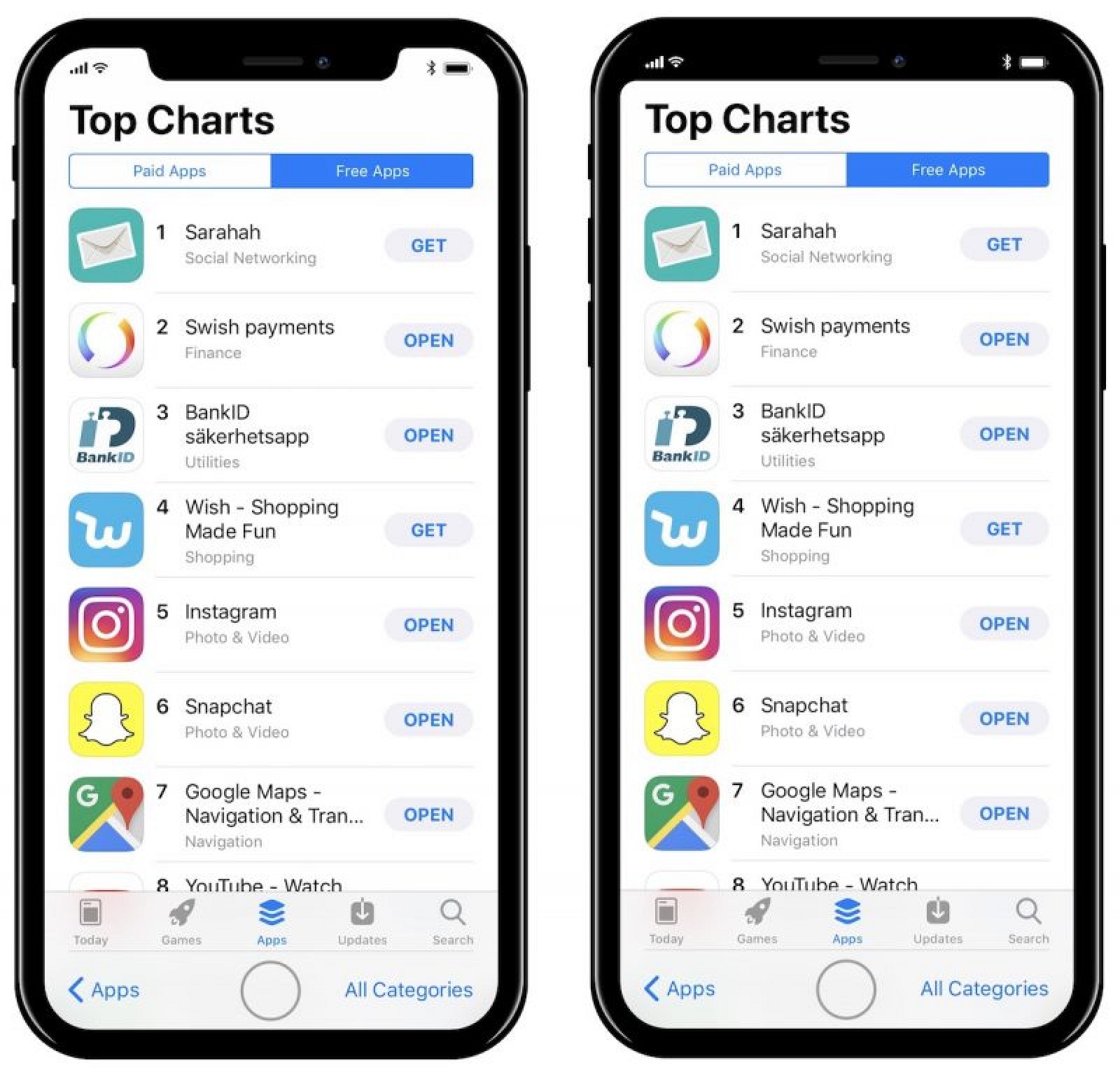
Mockup made by Max Rudberg
Tab bars will extend under this area, and it doesn't look like it can
change color, so the area will need to contrast well with any
background and colors displayed on the device. It does not appear that
third party apps are able to add controls or buttons to the function
area.
The other feature hinted at in the firmware is a "Tap to Wake" option that would allow the display of the iPhone to be activated through a double tap on the screen.

Kredit kepada pemilik laman asal dan sekira berminat untuk meneruskan bacaan sila klik link atau copy paste ke web server : https://www.macrumors.com/roundup/iphone-8/
(✿◠‿◠)✌ Mukah Pages : Pautan Viral Media Sensasi Tanpa Henti. Memuat-naik beraneka jenis artikel menarik setiap detik tanpa henti dari pelbagai sumber. Selamat membaca dan jangan lupa untuk 👍 Like & 💕 Share di media sosial anda!
Apple tested more than 10 prototype iPhone models, leading to a lot of mixed rumors floating around, but the general design and the features we can expect have mostly been nailed down, including in leaks from Apple itself.
The iPhone 8 is expected to feature a radical redesign, with an edge-to-edge display that does away with the top and bottom bezels where features like the Touch ID fingerprint sensor and the front-facing camera are housed. Rumors suggest Touch ID could be eliminated entirely in favor of robust facial recognition technology, which Apple is confirmed to be working on. There will be no physical Home button on the iPhone 8 and no bezels aside from a small area for the front-facing camera.
With an edge-to-edge design, the iPhone 8 may be similar in size to the 4.7-inch iPhone, but with a display the size of the 5.5-inch iPhone. Rumors suggest it will feature a 5.8-inch display with 5.15 inches of usable area, with the rest dedicated to virtual space that will replace the Home button. A series of gestures may be used to navigate instead of a Home button.
The display itself is said to be a flexible plastic OLED rather than an LCD, allowing Apple to introduce a thinner device that consumes less power and offers a better display with higher contrast ratio and more true to life colors. It will feature a slightly curved 2.5D display that's similar to the display used in the iPhone 7.
As for the body, Apple is finally moving away from the aluminum used in the iPhone 5, 5s, 6, 6s, 7, and SE, and will instead adopt a glass body that's similar to the body that was used for the iPhone 4. According to analyst Ming-Chi Kuo, the glass will be built around a polished stainless steel frame that's similar in design to the Apple Watch. Other models will also feature glass, but with an aluminum frame.

Like the iPhone 7, the iPhone 8 is expected to be water resistant, but it may have an improved IP68 water resistance rating. It will continue to be able to hold up to rain, splashes, and brief submersion in water, and that water resistance has been confirmed by an Apple supplier and may extend to all iPhone models being released in 2017.
Inside, the iPhone 8 is expected to have a 10-nanometer A11 chip that will be both faster and more efficient, plus rumors suggest it could also include features like induction-based wireless charging and biometric additions like facial recognition that would be used for device security, perhaps to replace Touch ID. In higher-end models with a dual-lens camera, both lenses are expected to feature optical image stabilization.
The iPhone 8's front-facing camera will include advanced 3D sensing capabilities that use technology by PrimeSense, allowing it to find the location and depth of objects in front of it, enabling advanced 3D facial recognition features. Rumors suggest Apple will use a vertical rear camera for improved pictures and better AR functionality, along with a dual-camera setup for the front-facing FaceTime camera.
Apple is said to be planning to position the OLED iPhone 8 as a ~5-inch "premium" model that will be sold alongside standard 4.7 and 5.5-inch iPhone models with traditional LCD screens. The iPhone 8 is expected to cost as much as $1,000, which is a good deal more expensive than previous iPhones. The iPhone 8 and its companion devices are expected to be available in a limited number of colors -- gold, silver, and black.

Given the radical design changes Apple plans to introduce in the OLED iPhone, rumors have been suggesting there will be serious supply constraints. Apple will introduce the 5.8-inch OLED iPhone at a September 12 event alongside the standard 4.7 and 5.5-inch devices, but it's likely to only available in small numbers, with the majority of people unable to get their hands on the new device until the first quarter of 2018.
Schematics, Design Leaks, and Cases
Early on, we saw several different design prototypes for the iPhone 8
that made it difficult to suss out both the final look and the features
we can expect, but both later leaks and information accidentally shared
by Apple have given us a pretty clear picture of what to expect.
Originally, there were rumors about prototypes featuring a water drop design, a rear Touch ID button, and an edge-to-edge design with no Touch ID button at all, but it appears the third option won out.
Apple in late July released firmware for the upcoming HomePod speaker and inadvertently released an image of the iPhone 8 that developers dug out of the code. Though just a simple outline, The image heavily resembles leaked iPhone 8 parts and design schematics, featuring full-front display with thin bezels, no Home button, and a notch at the top for the earpiece and sensors.
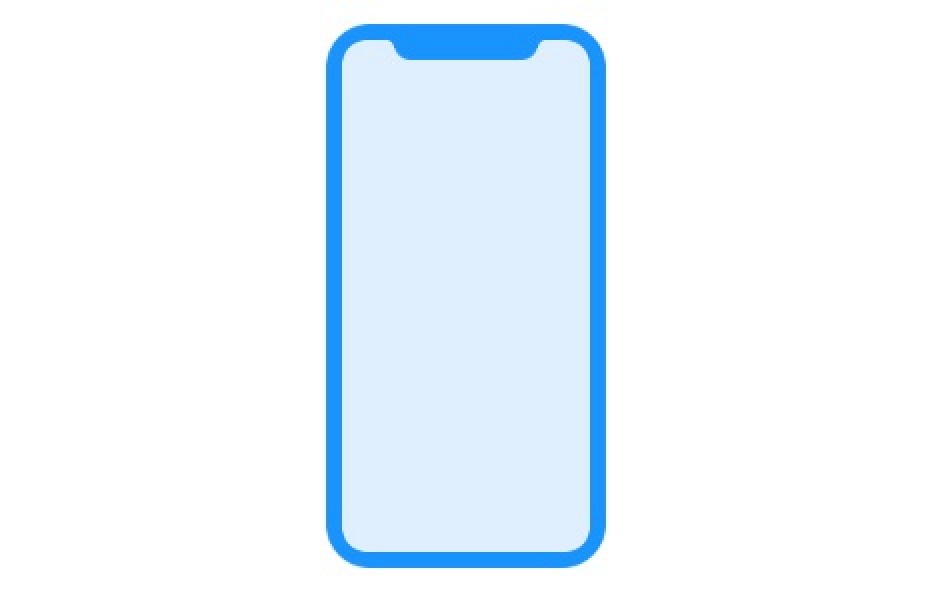
Given that the image looks both nothing like existing devices and so much like iPhone 8 leaks, it's reasonable to assume that this is indeed representative of what we can expect to see in September when the device launches. We've seen many clearer schematics, renderings, dummy devices, and part leaks that give a clearer picture of what the iPhone 8 will look like, with those images available below. Much of this information has come from sources within Apple, supply chain leaks, and accessory makers that use leaks to build early versions of iPhone cases.
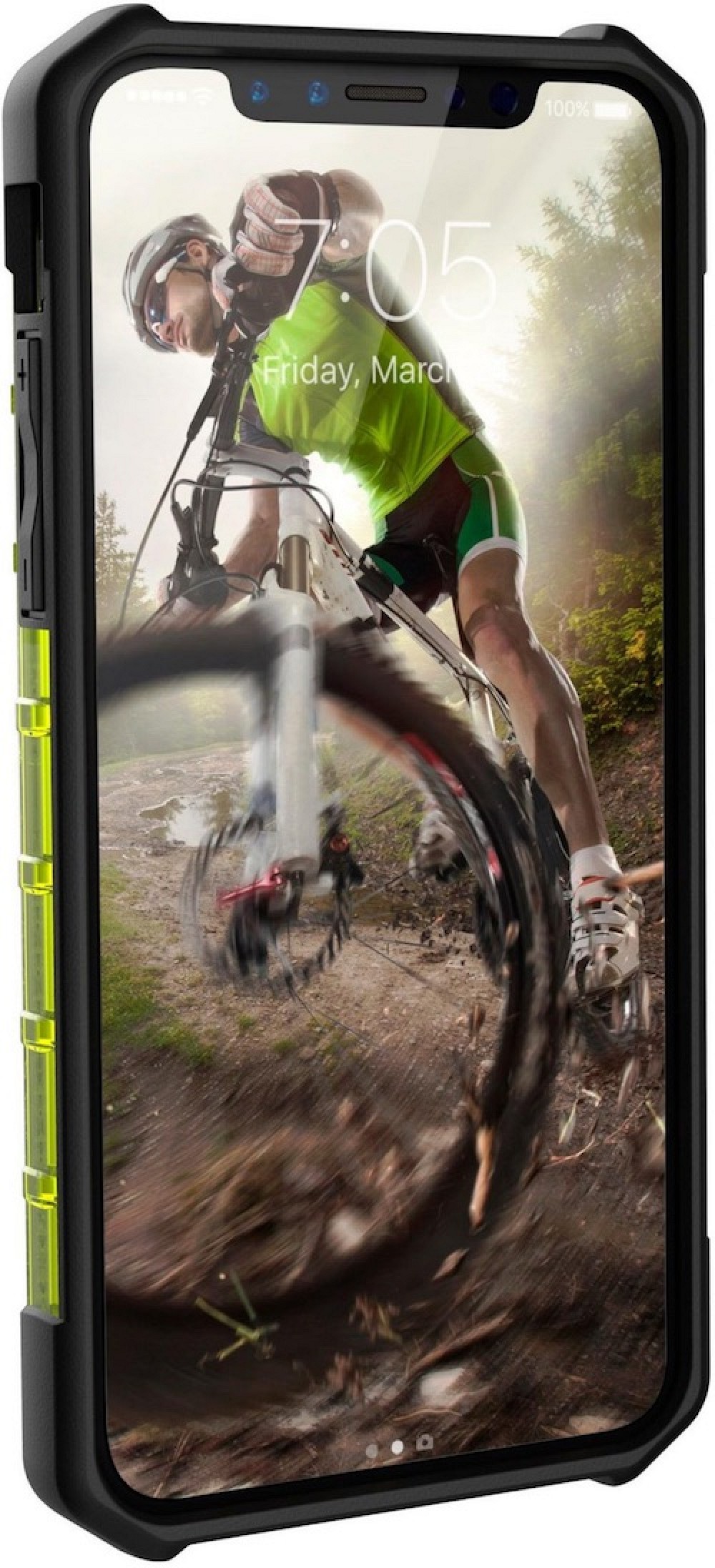
A rendering of an iPhone 8 in a case, showing off what is likely to be the final design of the device.
As outlined above, the iPhone 8 is expected to feature an edge-to-edge display, a glass body, and no visible Touch ID button anywhere on the device, pointing towards an iPhone 8 with Touch ID located under the display or no Touch ID functionality at all, as can be seen in the rendering below. The rendering is based on leaked schematics that suggest it will measure in at 137.54mm tall by 67.54mm wide, similar in size to the iPhone 7.
Thickness is not shown, but there's a nearly edge-to-edge display that measures 5.767 inches on the diagonal. A 4mm bezel is pictured around the display, with half of that being the 2.5D curved glass at the edges. All of this is in line with rumors suggesting an iPhone 7-sized device with an iPhone 7 Plus-sized display.
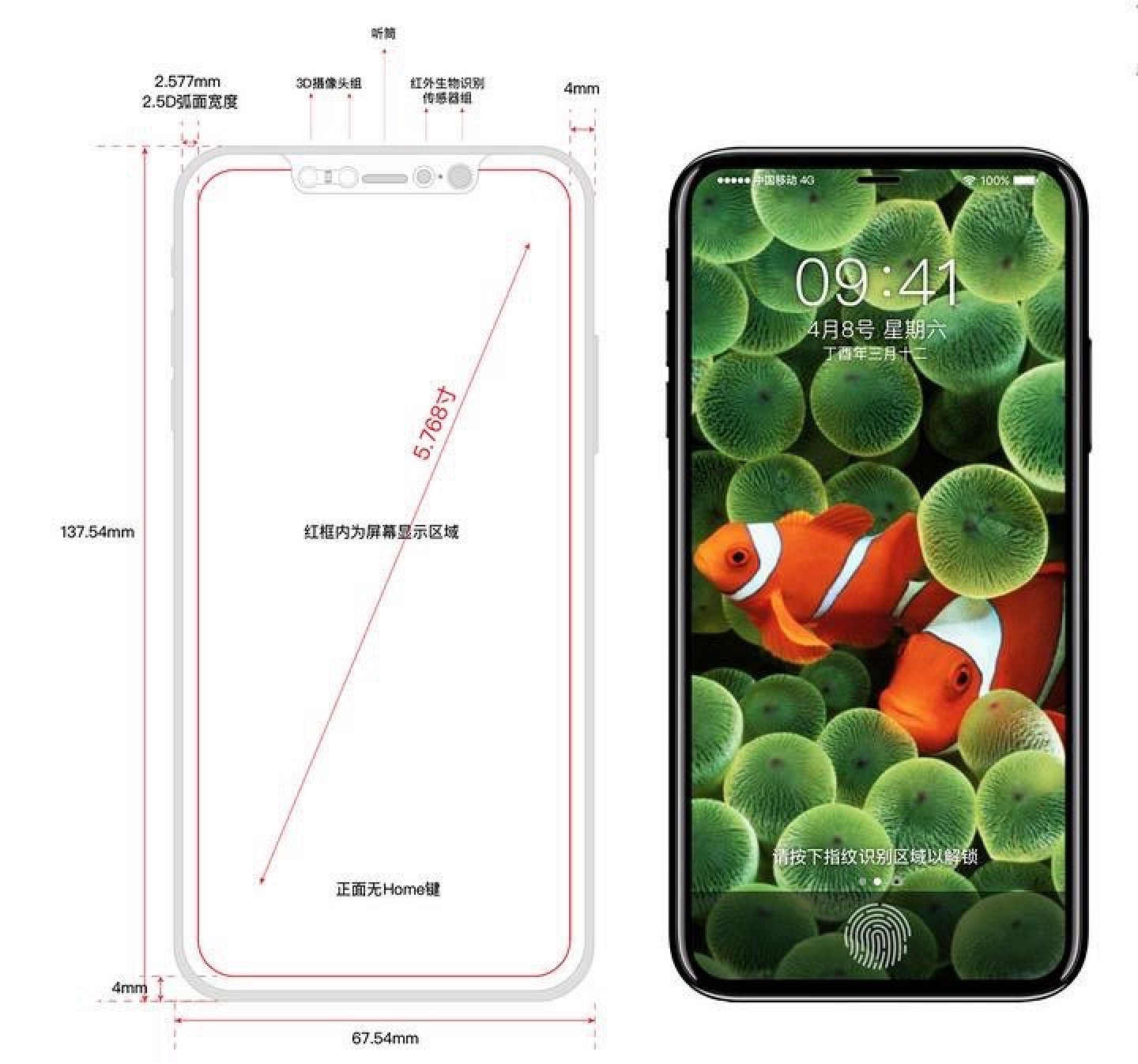
A narrow earpiece is depicted on the front of the device alongside cameras and sensors that appear to be embedded in the display area. There is no Home button and no visible Touch ID sensor.
An image of an iPhone 8 dummy model sourced from Chinese social networks features front and rear panels made from slightly curved 2.5D glass held together with a stainless steel frame that matches the glass back.
The dummy iPhone 8 also includes an edge-to-edge screen with no Home button and a visible notch cut out of the front to house a camera and other sensors. At the rear of the device, there's a vertical dual-lens camera with no other markings. There is no rear Touch ID sensor nor an Apple logo.
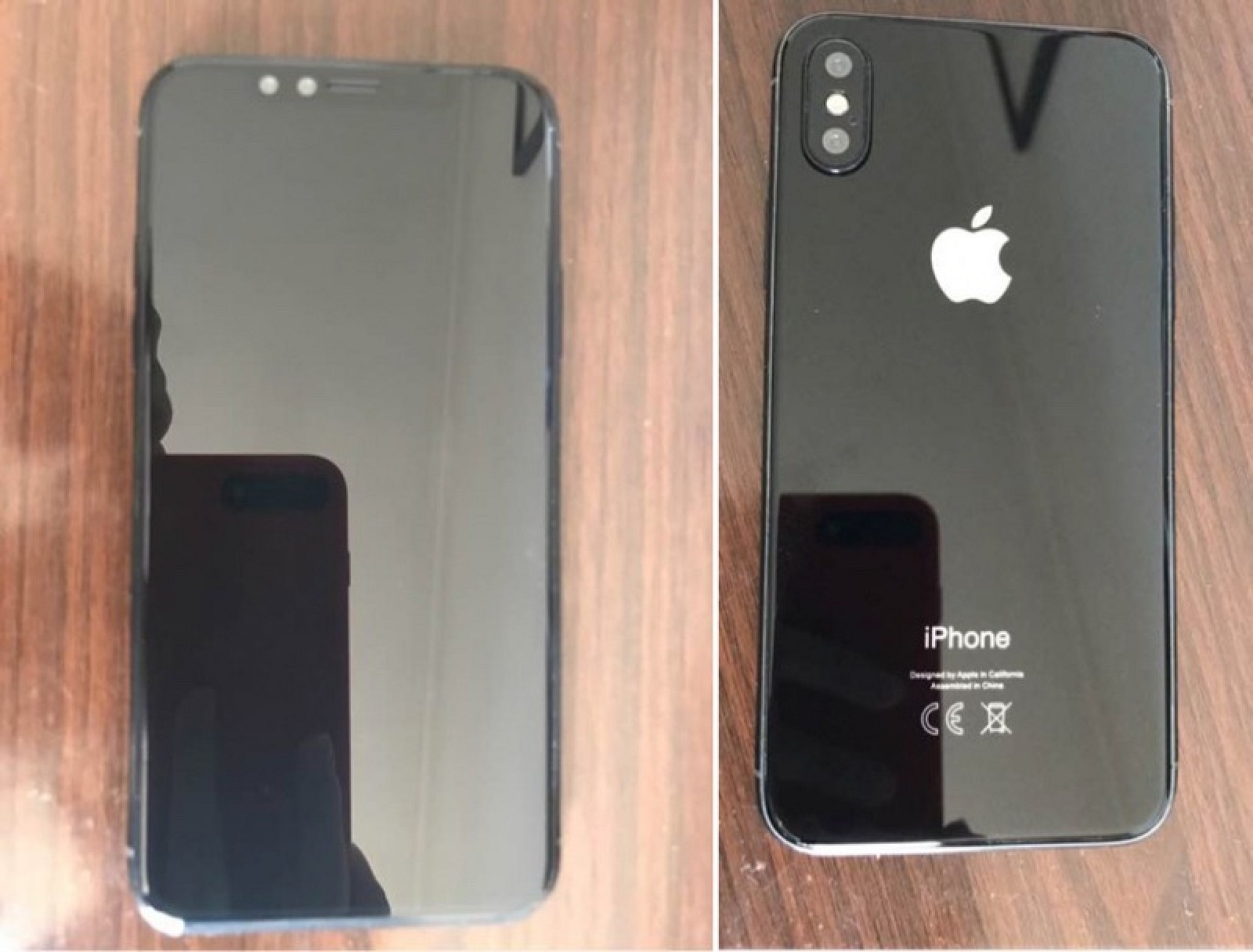
At the sides, though not visible, there are volume buttons and a mute switch on the left, with an elongated power button and a SIM tray on the right.
We went hands-on with an iPhone 8 dummy model and compared it with an iPhone 7, iPhone 7 Plus, and iPhone 8 to get a closer look on what the device will look like in comparison with existing devices. We can't confirm for sure that this is the final design, but we believe it's likely to be as these dummies are used by accessory makers and are very often spot on.
Schematics "based on blueprints" that allegedly give a look at the sensors located under the display and inside the device
have also leaked. At the top of the device, there's an embedded camera,
flash, and ambient light sensors, all designed to power a new facial
recognition system Apple is working on.
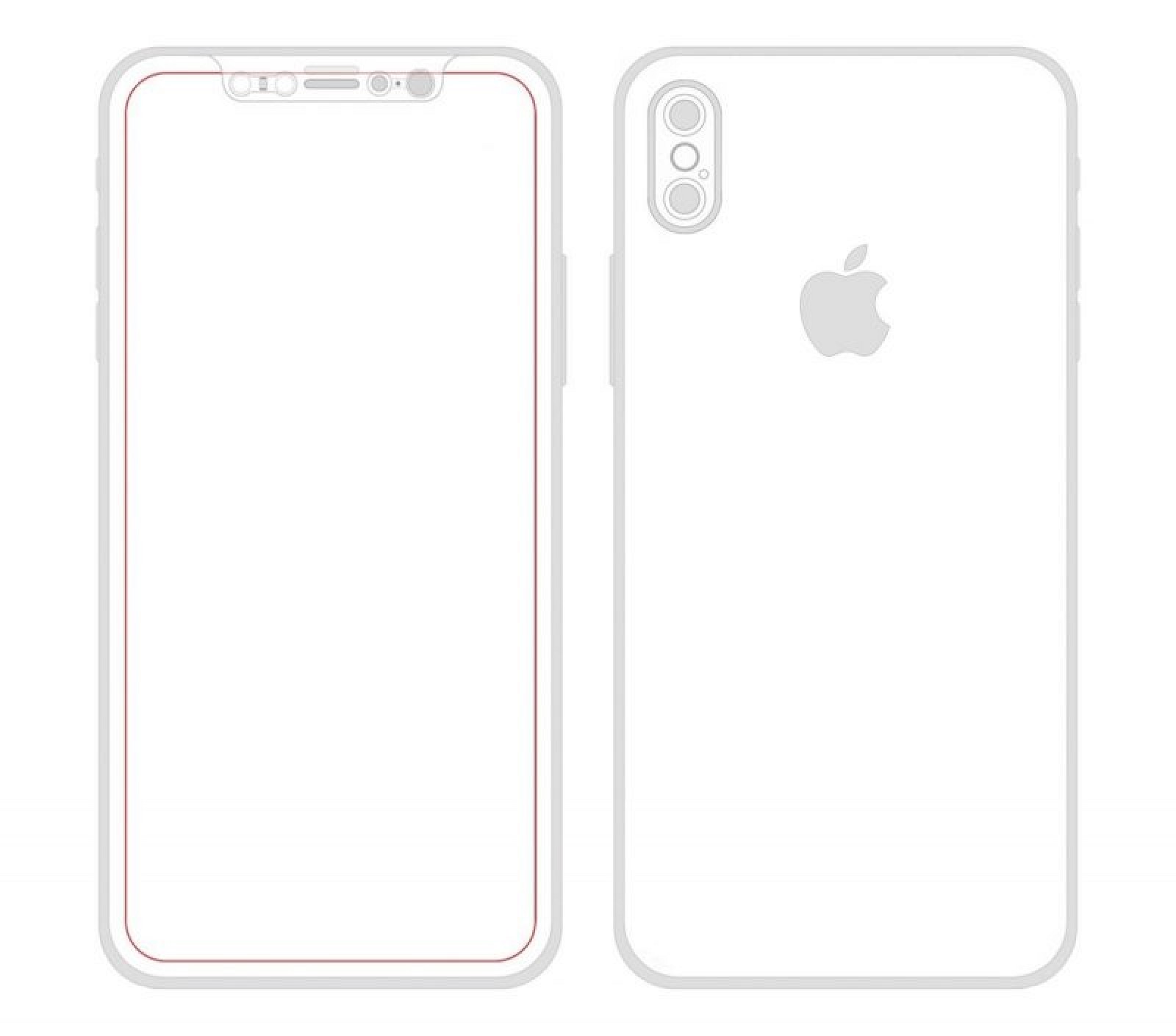
Additional images said to be sourced from a Foxconn employee appear to show off the internal structure of the device, depicting internal components like a wireless charging coil, a dual rear camera module, an L-shaped battery, and a stacked logic board design, with the latter two features suggesting better battery life.
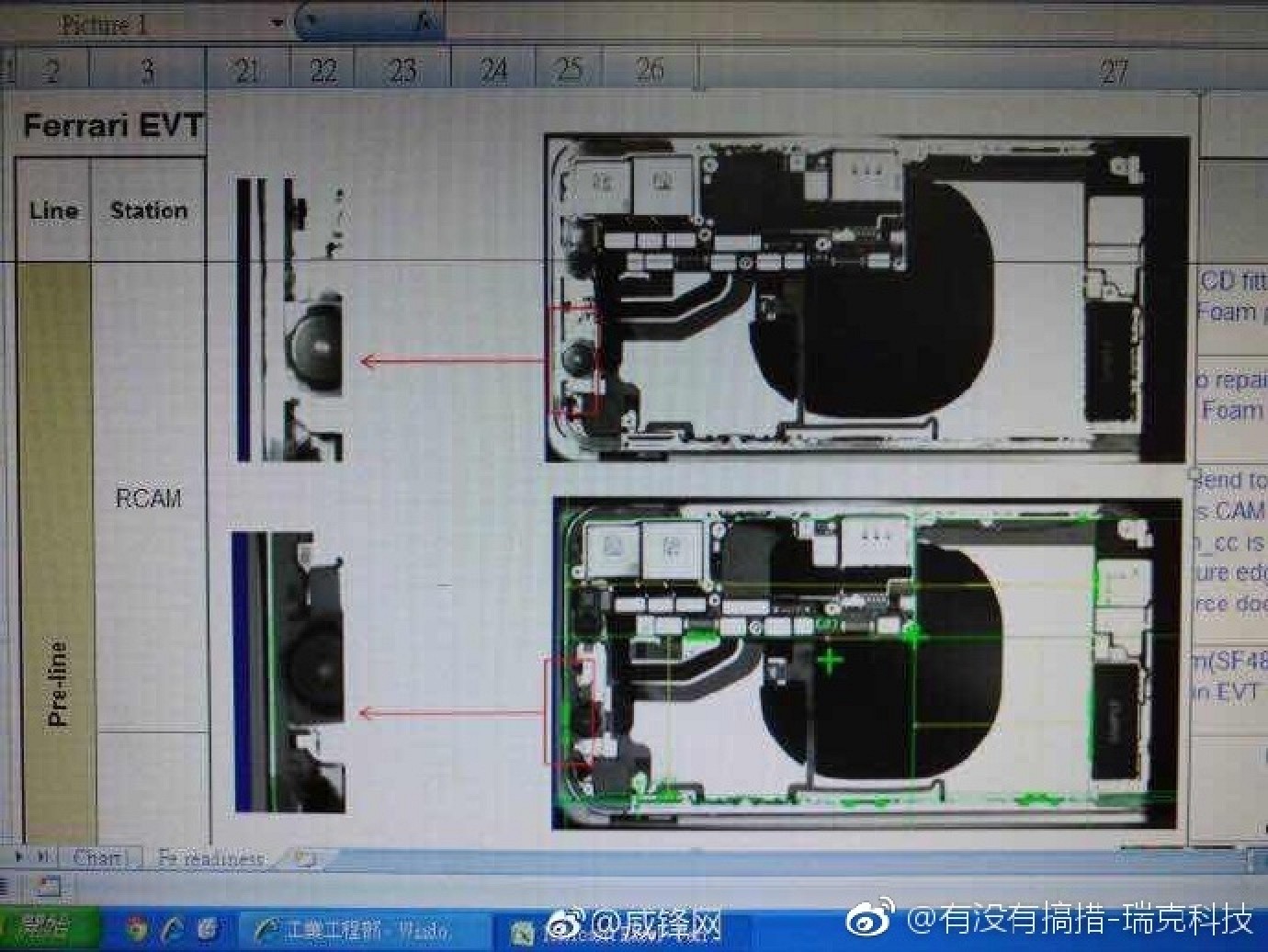
Our first glimpse of components that could be destined for the iPhone 8 surfaced in mid-June. The images, said to be sourced from a case manufacturer who received them from a glass supplier in China, depict what is said to be the front and back panels of the iPhone 8.
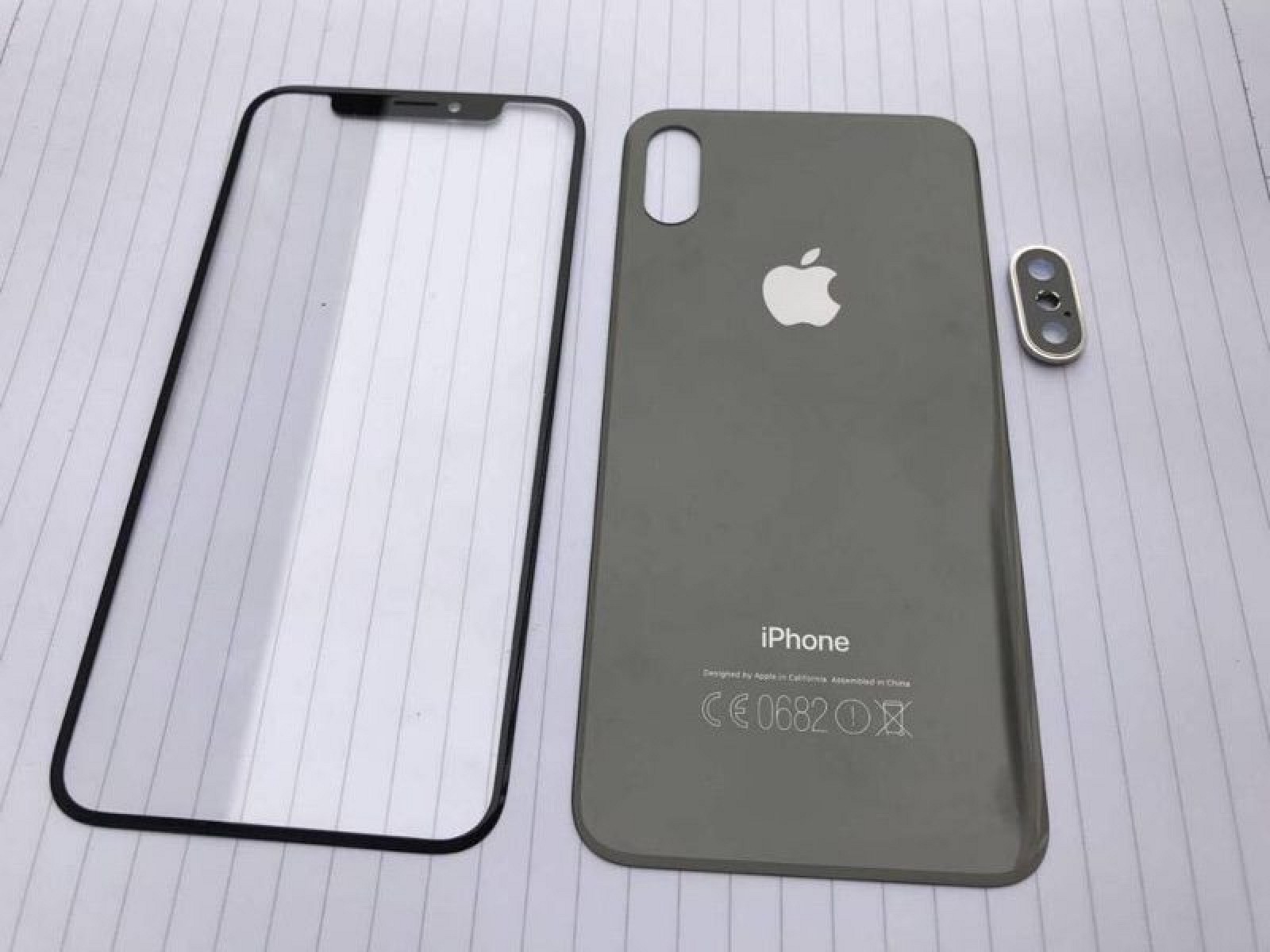
There's a thin bezel around the sides along with a top bar that could perhaps house a front-facing camera, microphone, and speaker. Notably, there's no cutout for a Touch ID fingerprint sensor, which is in line with the rumors that suggest Apple will embed it in the display or eliminate it.
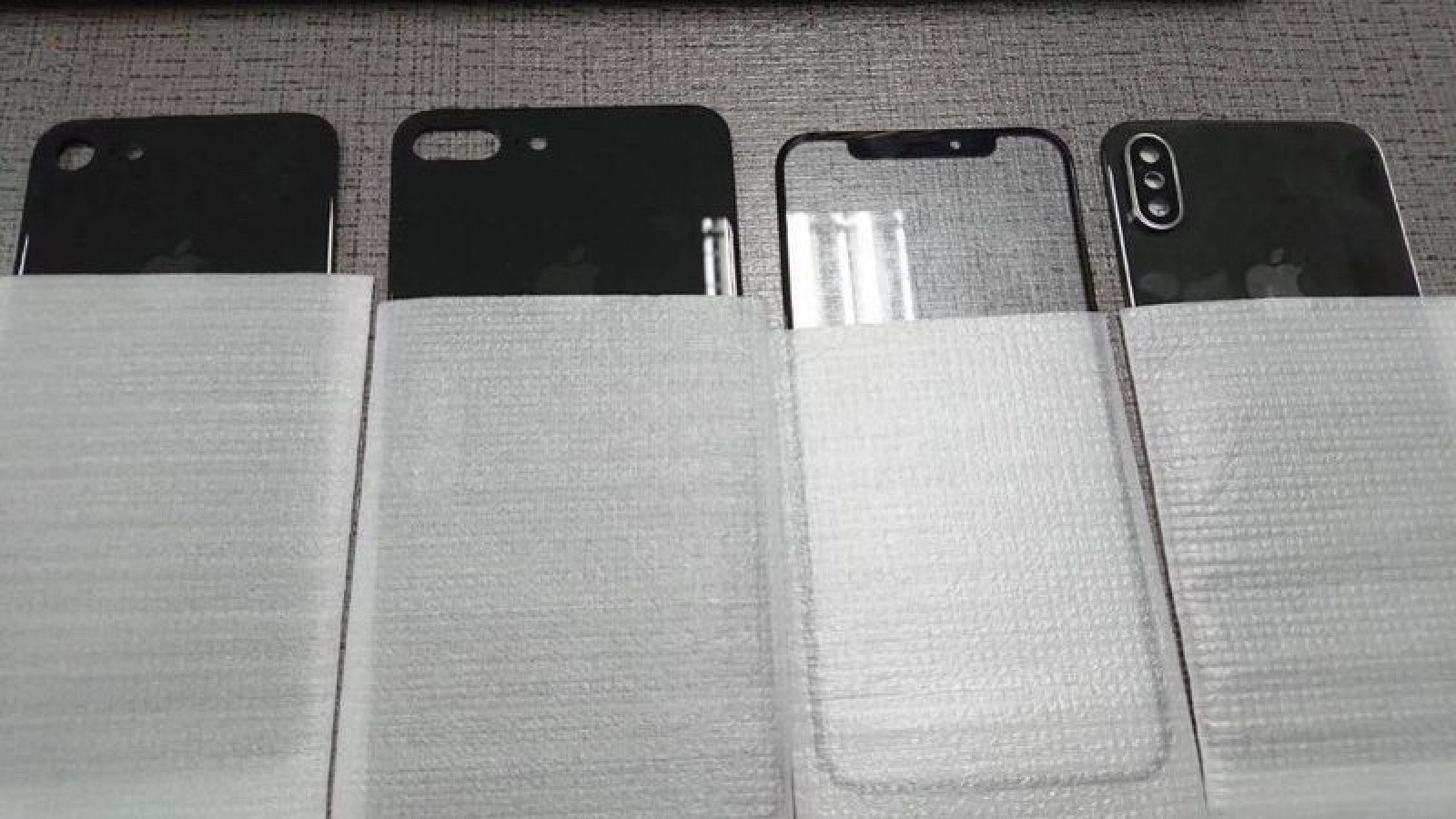
A second photo depicts the two alleged iPhone 8 components next to components said to be for the 4.7-inch iPhone 7s and the 5.5-inch iPhone 7s Plus. All three rear shells are made from glass to support wireless charging. There's no way to verify the authenticity of the components in the images, so they should be viewed with caution until we get additional part leaks.
An iPhone case said to be for the iPhone 8 has leaked, showing off a design that's similar to many of the prototype 1 renderings. It features a cutout for a vertical dual-lens rear camera and because it has no cutout for Touch ID or other features, it suggests it is for a device with no rear-facing Touch ID button.
It continues to have pill-shaped volume buttons, but there is a longer power button located on the left, something we've also seen in renderings and other desk leaks.
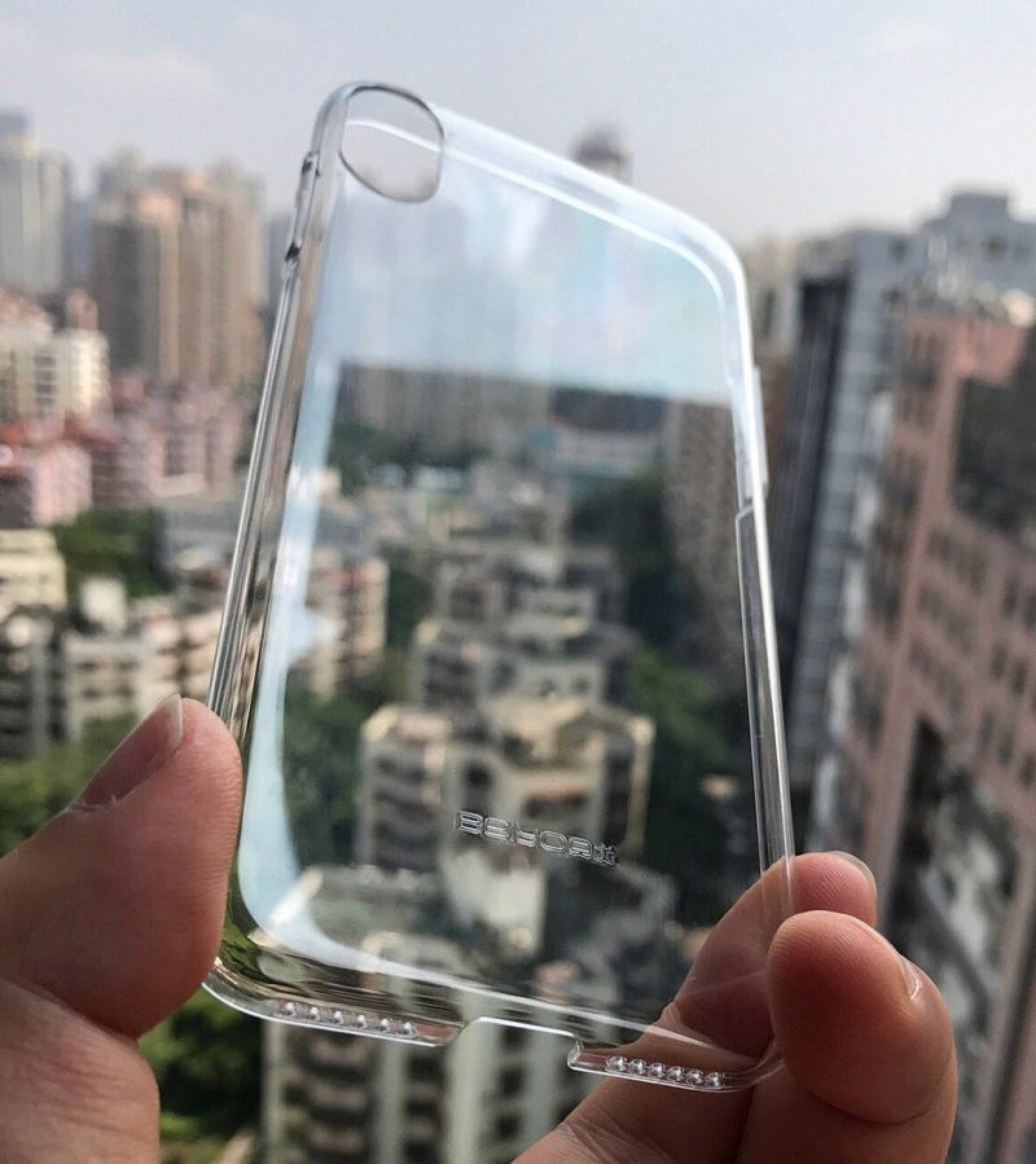
SIM card trays said to be for the iPhone 8 give us a glimpse at some of the rumored colors for the device. There's a silver shade and a darker coppery gold, which match with dummy models in those particular shades. No black SIM tray is pictured, though there's also supposed to be a black iPhone 8.
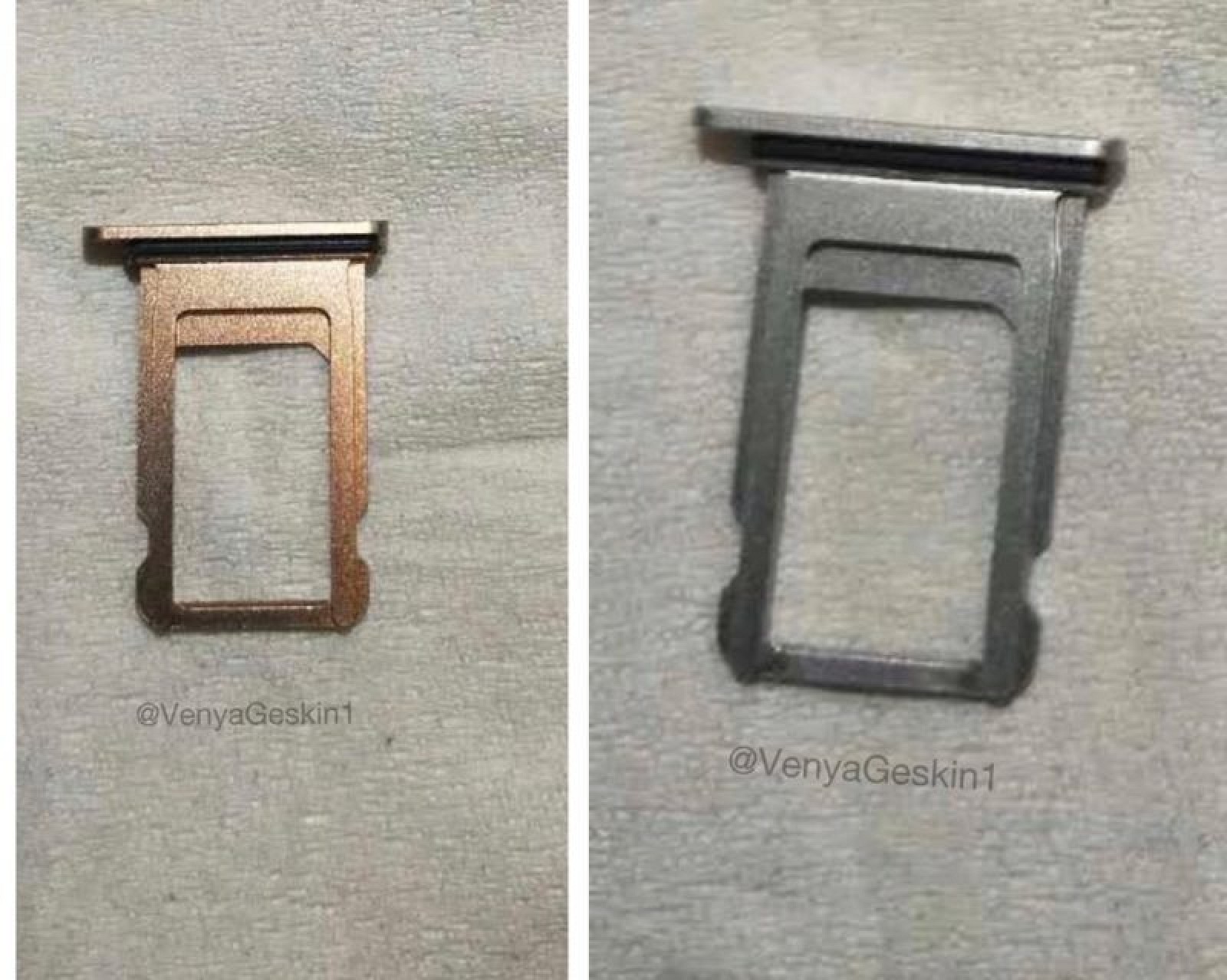
A comparison image that shows dummy models for the 2017 ~5-inch OLED iPhone, 4.7-inch iPhone, and 5.5-inch offers a look at the size differences between the devices. The 5.5-inch iPhone continues to be much larger, while the OLED iPhone, which is rumored to have a 5.8-inch display, is similar in size to the 4.7-inch iPhone because it has no display bezels.
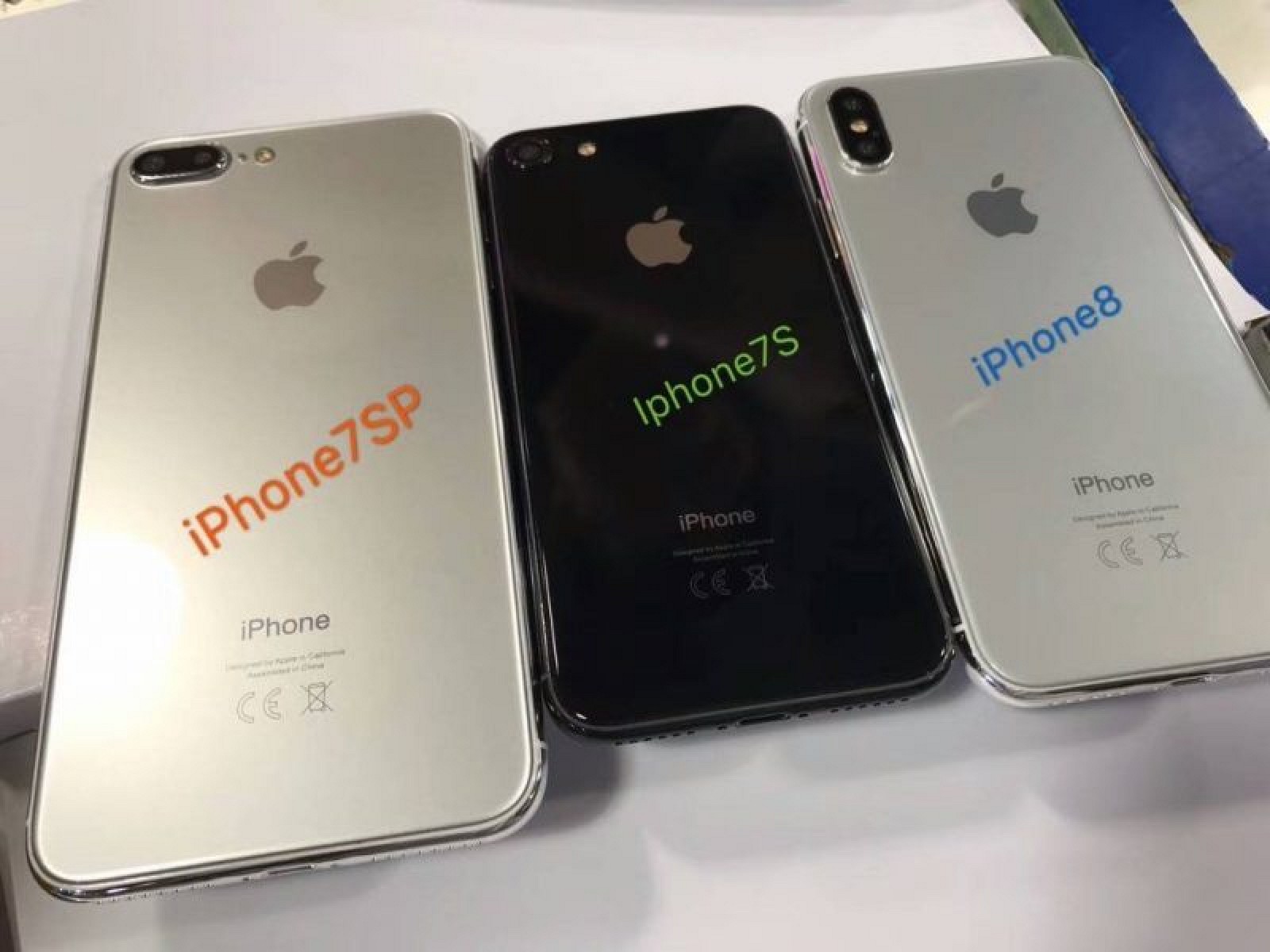
All three feature glass backs. The 5.8-inch iPhone has a vertical camera and a longer power button, features that have been seen in previous leaks, as well as a prominent notch on the front for the front-facing camera and sensors, believed to enable facial recognition features.
A dummy model of the iPhone 7s Plus is compared to the iPhone 7 Plus and an iPhone 8 dummy model in the video below. The iPhone 7s Plus is identical in size and style to the iPhone 7 Plus, with the exception of the glass back and metal frame. The video also offers a solid look at the size differences between the two devices.
iPhone 8 renders based on a device
that's 144mm tall, 71mm wide, and 7.7mm thick were compared to the
iPhone 7 and the iPhone 7 Plus, giving us yet another look at how the
iPhone 8 fits into the iPhone lineup.
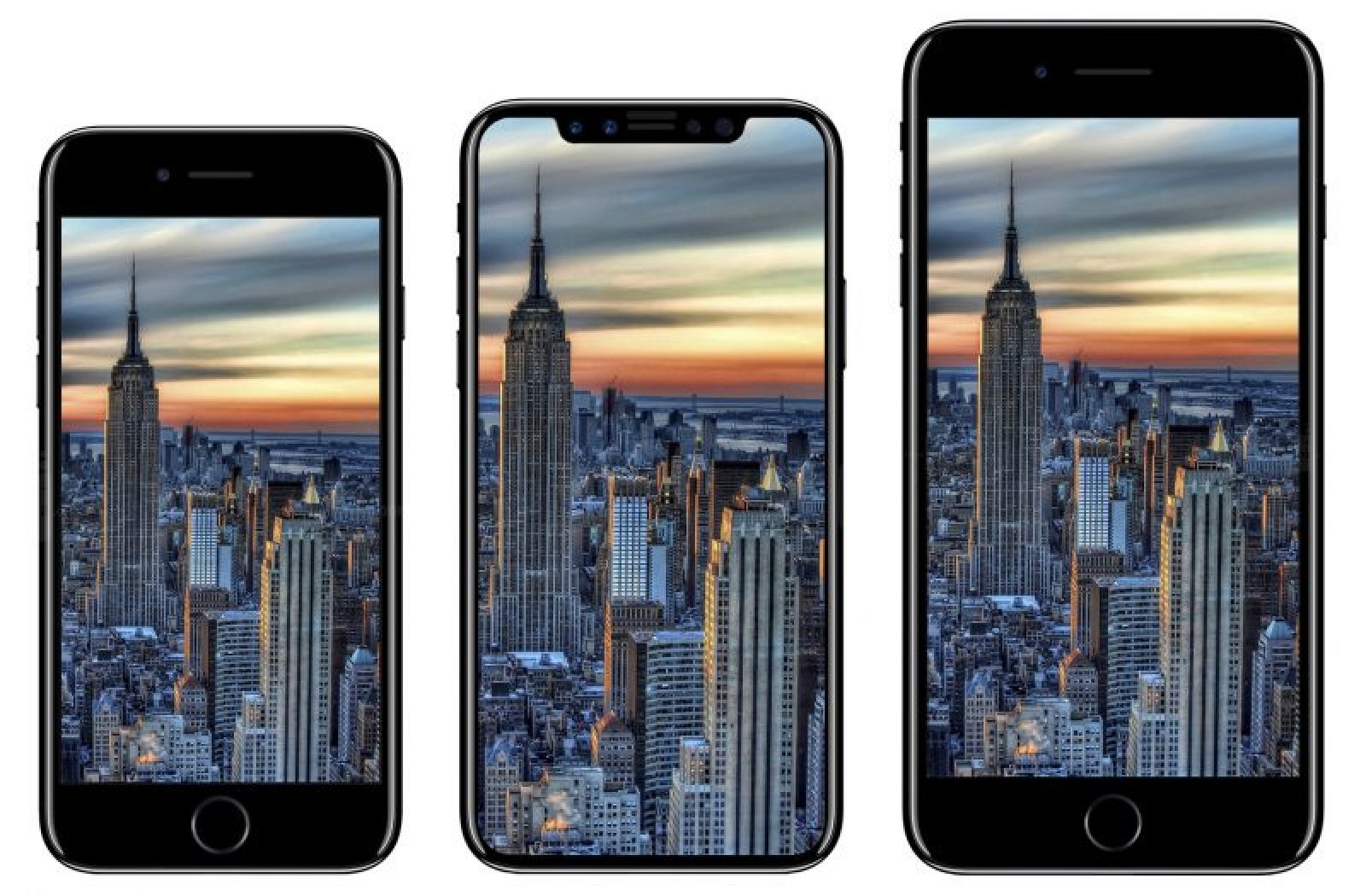
The iPhone 8, if the measurement predictions are accurate, is wider, thicker, and taller than the iPhone 7, but not as large as the iPhone 7 Plus.
MacRumors went hands on with several iPhone 8 cases and an iPhone 8 dummy model to demonstrate how cases will fit on Apple's new device. Even though there's a nearly bezel-free design, there's still enough of a bezel to support a case that can protect the front of the iPhone. Cases also feature vertical dual-camera cutouts at the rear and the traditional cutouts for the Lightning port, volume buttons, and sleep/wake button. All in all, there's not too much difference between the new device and existing iPhones when it comes to cases.
A screen protector said to be designed for the iPhone 8 is in line with many of the display rumors, renderings, and part leaks we've seen.
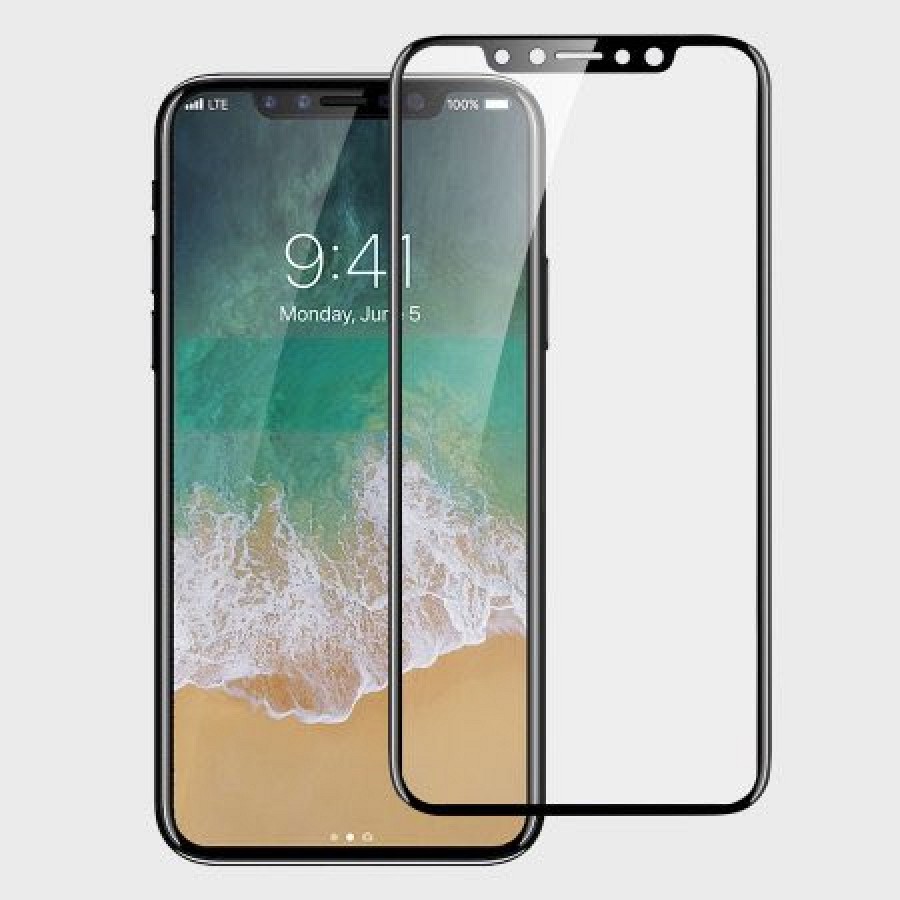
Designed to mirror the look of the iPhone 8, the screen protector features a 2.5D rounded edge, thin bezels, and a front-facing cutout for the camera, ambient light sensor, proximity sensor, and perhaps other features rumored for the front-facing camera, like a 3D sensing module.
Images that could potentially feature the wireless charging pad circuitry that will be built into iPhone 8 accessories surfaced in August, but it's difficult to determine their authenticity. The photos depict inductive charging kits in a plastic tray and on a black PCB board with bare circuitry visible.

Images depicting what's said to be the iPhone 8's OLED display assembly, Lighting connector cables, and flex cables leaked in August. The display assembly images match an earlier leaked display component.
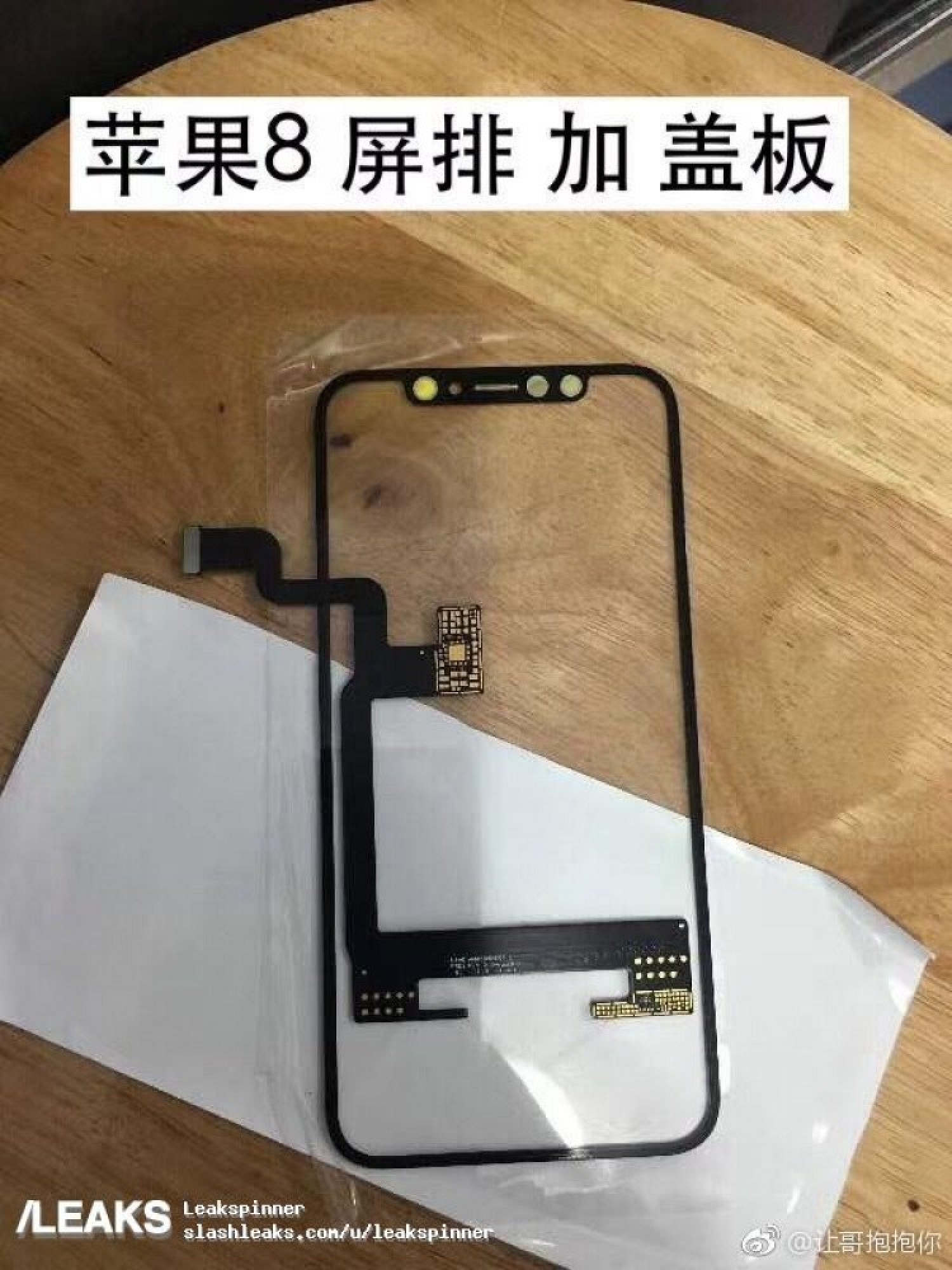
There's no way to confirm the authenticity of the components, but it is common to see iPhone parts leaking out at this stage of the production process, and the parts are similar to but not identical to components used in previous generation iPhones.
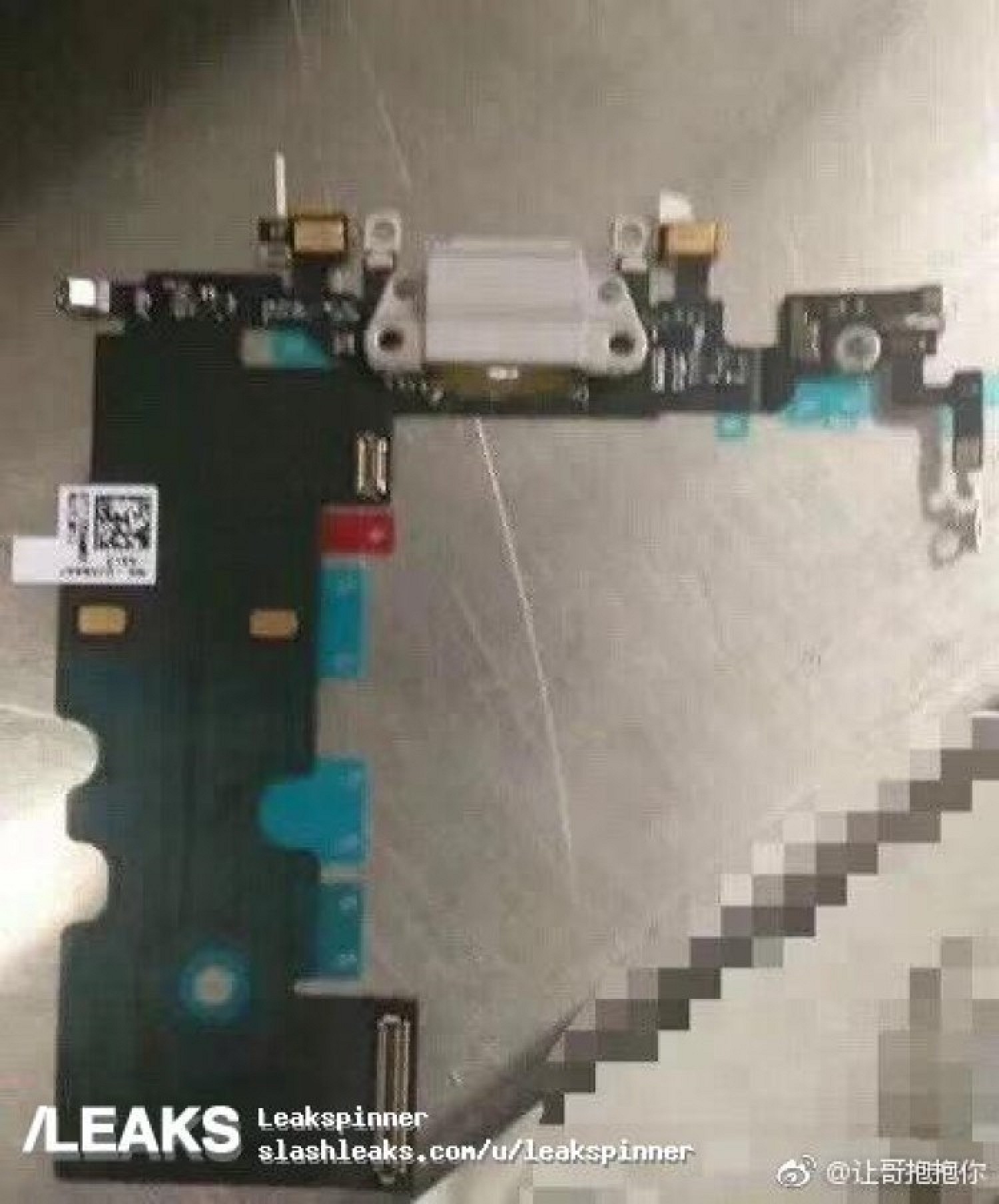
Photos depicting four bare logic boards designed for the iPhone 7s Plus surfaced in August. While the logic boards do not include components, there are spaces earmarked for the Apple A11 chip and an Intel modem.
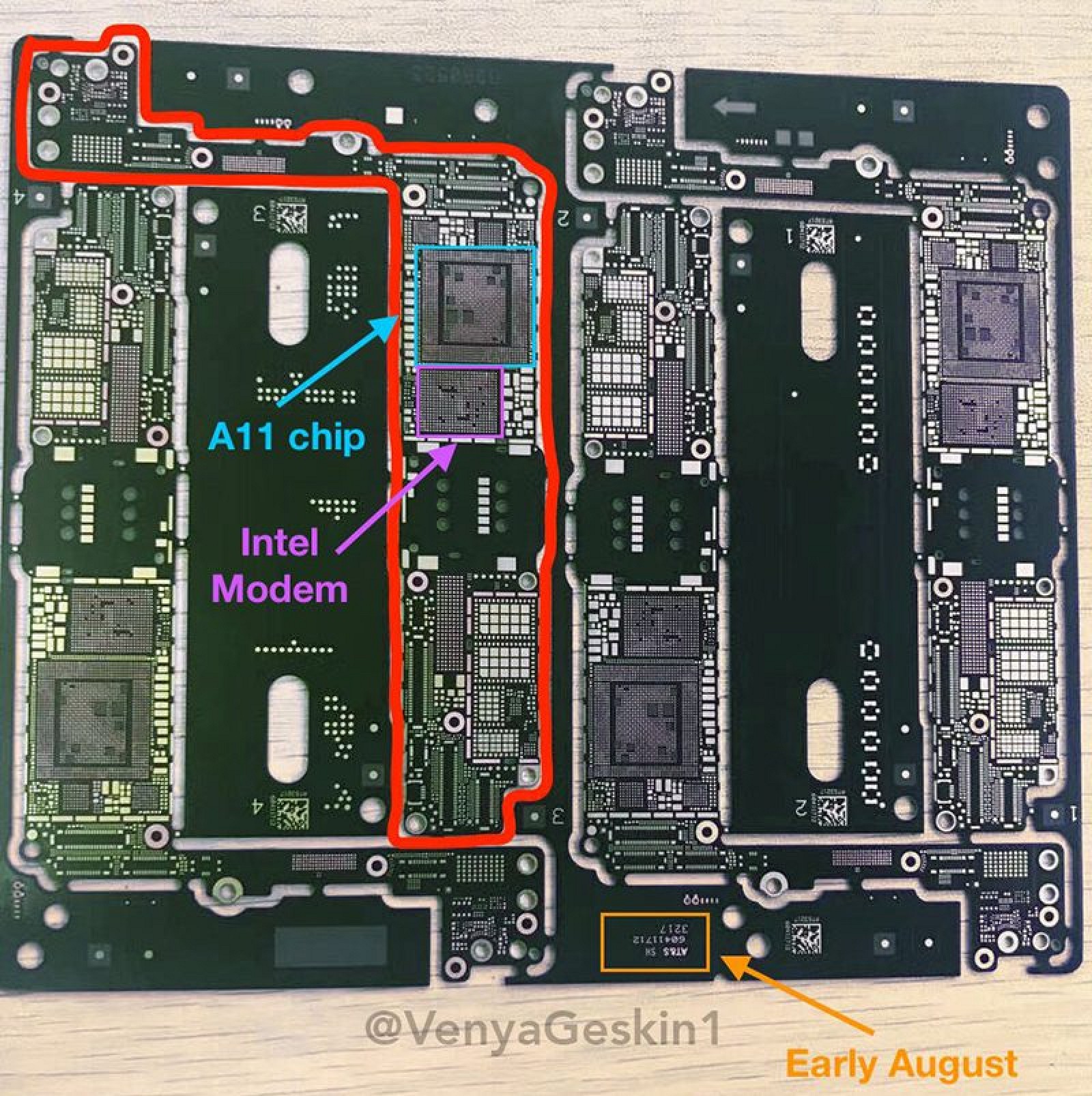
The logic board looks much like the logic board of the iPhone 7 Plus, suggesting a similar internal structure. The design also lines up with a leaked image of an A11 chip that also surfaced in August. A "3217" timestamp on the logic board suggests it was manufactured in the 32nd week of 2017, aka early August.
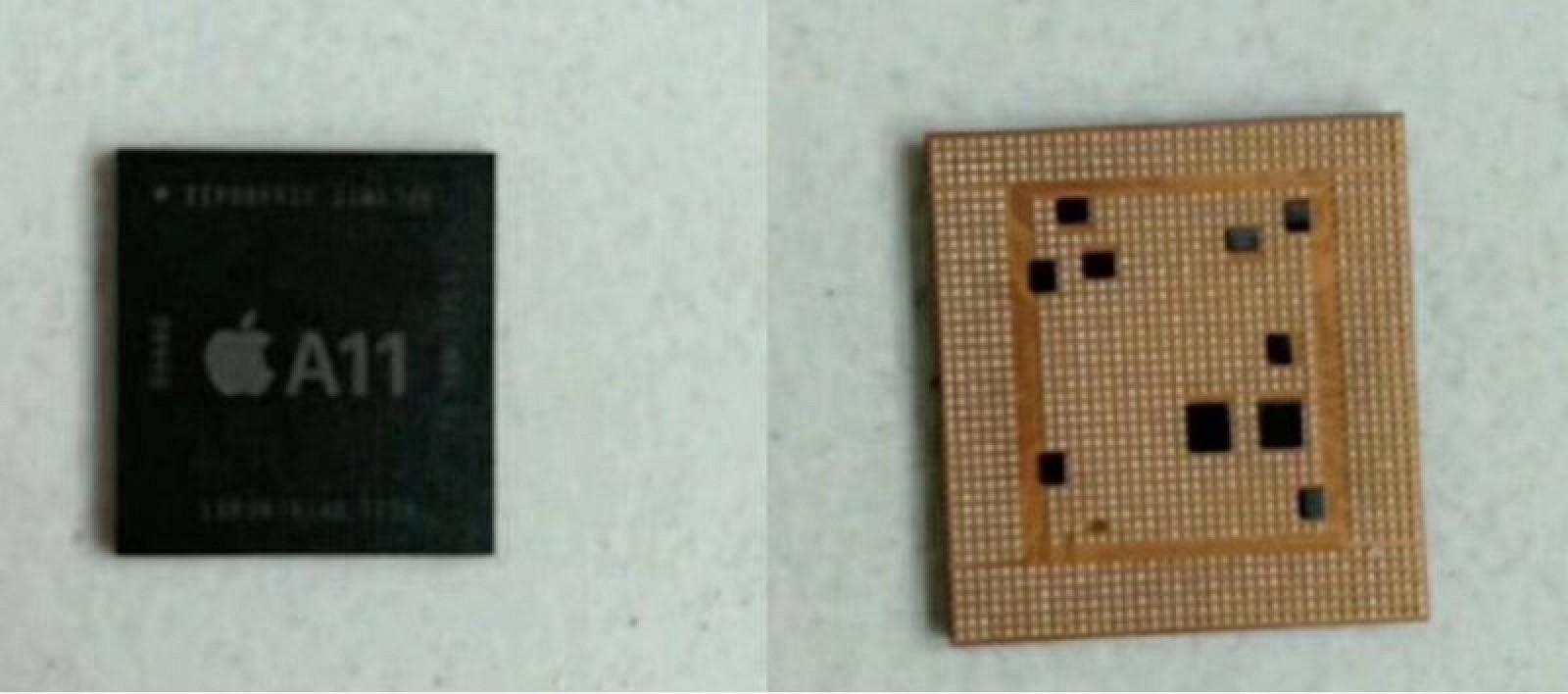
Images of what's said to be the display assembly of the iPhone 7s were also recently spotted on Chinese social networking site Weibo, confirming that the front of the new device will look identical to the iPhone 7.
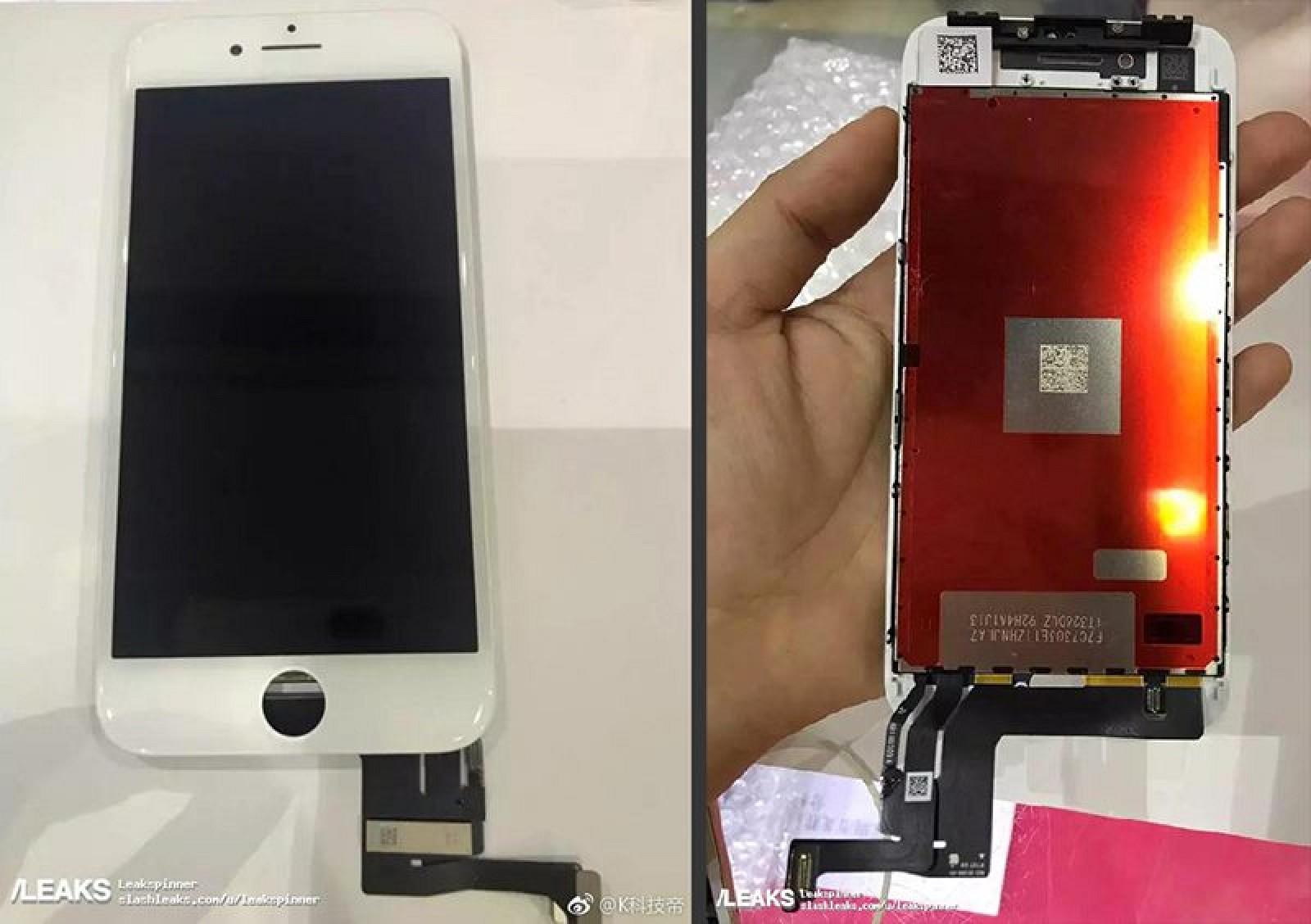
Apple in late July released firmware for the upcoming HomePod speaker and inadvertently released an image of the iPhone 8 that developers dug out of the code. Though just a simple outline, The image heavily resembles leaked iPhone 8 parts and design schematics, featuring full-front display with thin bezels, no Home button, and a notch at the top for the earpiece and sensors.

Given that the image looks both nothing like existing devices and so much like iPhone 8 leaks, it's reasonable to assume that this is indeed representative of what we can expect to see in September when the device launches. We've seen many clearer schematics, renderings, dummy devices, and part leaks that give a clearer picture of what the iPhone 8 will look like, with those images available below. Much of this information has come from sources within Apple, supply chain leaks, and accessory makers that use leaks to build early versions of iPhone cases.

As outlined above, the iPhone 8 is expected to feature an edge-to-edge display, a glass body, and no visible Touch ID button anywhere on the device, pointing towards an iPhone 8 with Touch ID located under the display or no Touch ID functionality at all, as can be seen in the rendering below. The rendering is based on leaked schematics that suggest it will measure in at 137.54mm tall by 67.54mm wide, similar in size to the iPhone 7.
Thickness is not shown, but there's a nearly edge-to-edge display that measures 5.767 inches on the diagonal. A 4mm bezel is pictured around the display, with half of that being the 2.5D curved glass at the edges. All of this is in line with rumors suggesting an iPhone 7-sized device with an iPhone 7 Plus-sized display.

A narrow earpiece is depicted on the front of the device alongside cameras and sensors that appear to be embedded in the display area. There is no Home button and no visible Touch ID sensor.
An image of an iPhone 8 dummy model sourced from Chinese social networks features front and rear panels made from slightly curved 2.5D glass held together with a stainless steel frame that matches the glass back.
The dummy iPhone 8 also includes an edge-to-edge screen with no Home button and a visible notch cut out of the front to house a camera and other sensors. At the rear of the device, there's a vertical dual-lens camera with no other markings. There is no rear Touch ID sensor nor an Apple logo.

At the sides, though not visible, there are volume buttons and a mute switch on the left, with an elongated power button and a SIM tray on the right.
We went hands-on with an iPhone 8 dummy model and compared it with an iPhone 7, iPhone 7 Plus, and iPhone 8 to get a closer look on what the device will look like in comparison with existing devices. We can't confirm for sure that this is the final design, but we believe it's likely to be as these dummies are used by accessory makers and are very often spot on.

Additional images said to be sourced from a Foxconn employee appear to show off the internal structure of the device, depicting internal components like a wireless charging coil, a dual rear camera module, an L-shaped battery, and a stacked logic board design, with the latter two features suggesting better battery life.

Our first glimpse of components that could be destined for the iPhone 8 surfaced in mid-June. The images, said to be sourced from a case manufacturer who received them from a glass supplier in China, depict what is said to be the front and back panels of the iPhone 8.

There's a thin bezel around the sides along with a top bar that could perhaps house a front-facing camera, microphone, and speaker. Notably, there's no cutout for a Touch ID fingerprint sensor, which is in line with the rumors that suggest Apple will embed it in the display or eliminate it.

A second photo depicts the two alleged iPhone 8 components next to components said to be for the 4.7-inch iPhone 7s and the 5.5-inch iPhone 7s Plus. All three rear shells are made from glass to support wireless charging. There's no way to verify the authenticity of the components in the images, so they should be viewed with caution until we get additional part leaks.
An iPhone case said to be for the iPhone 8 has leaked, showing off a design that's similar to many of the prototype 1 renderings. It features a cutout for a vertical dual-lens rear camera and because it has no cutout for Touch ID or other features, it suggests it is for a device with no rear-facing Touch ID button.
It continues to have pill-shaped volume buttons, but there is a longer power button located on the left, something we've also seen in renderings and other desk leaks.

SIM card trays said to be for the iPhone 8 give us a glimpse at some of the rumored colors for the device. There's a silver shade and a darker coppery gold, which match with dummy models in those particular shades. No black SIM tray is pictured, though there's also supposed to be a black iPhone 8.

A comparison image that shows dummy models for the 2017 ~5-inch OLED iPhone, 4.7-inch iPhone, and 5.5-inch offers a look at the size differences between the devices. The 5.5-inch iPhone continues to be much larger, while the OLED iPhone, which is rumored to have a 5.8-inch display, is similar in size to the 4.7-inch iPhone because it has no display bezels.

All three feature glass backs. The 5.8-inch iPhone has a vertical camera and a longer power button, features that have been seen in previous leaks, as well as a prominent notch on the front for the front-facing camera and sensors, believed to enable facial recognition features.
A dummy model of the iPhone 7s Plus is compared to the iPhone 7 Plus and an iPhone 8 dummy model in the video below. The iPhone 7s Plus is identical in size and style to the iPhone 7 Plus, with the exception of the glass back and metal frame. The video also offers a solid look at the size differences between the two devices.

The iPhone 8, if the measurement predictions are accurate, is wider, thicker, and taller than the iPhone 7, but not as large as the iPhone 7 Plus.
MacRumors went hands on with several iPhone 8 cases and an iPhone 8 dummy model to demonstrate how cases will fit on Apple's new device. Even though there's a nearly bezel-free design, there's still enough of a bezel to support a case that can protect the front of the iPhone. Cases also feature vertical dual-camera cutouts at the rear and the traditional cutouts for the Lightning port, volume buttons, and sleep/wake button. All in all, there's not too much difference between the new device and existing iPhones when it comes to cases.

Designed to mirror the look of the iPhone 8, the screen protector features a 2.5D rounded edge, thin bezels, and a front-facing cutout for the camera, ambient light sensor, proximity sensor, and perhaps other features rumored for the front-facing camera, like a 3D sensing module.
Images that could potentially feature the wireless charging pad circuitry that will be built into iPhone 8 accessories surfaced in August, but it's difficult to determine their authenticity. The photos depict inductive charging kits in a plastic tray and on a black PCB board with bare circuitry visible.

Images depicting what's said to be the iPhone 8's OLED display assembly, Lighting connector cables, and flex cables leaked in August. The display assembly images match an earlier leaked display component.

There's no way to confirm the authenticity of the components, but it is common to see iPhone parts leaking out at this stage of the production process, and the parts are similar to but not identical to components used in previous generation iPhones.

Photos depicting four bare logic boards designed for the iPhone 7s Plus surfaced in August. While the logic boards do not include components, there are spaces earmarked for the Apple A11 chip and an Intel modem.

The logic board looks much like the logic board of the iPhone 7 Plus, suggesting a similar internal structure. The design also lines up with a leaked image of an A11 chip that also surfaced in August. A "3217" timestamp on the logic board suggests it was manufactured in the 32nd week of 2017, aka early August.

Images of what's said to be the display assembly of the iPhone 7s were also recently spotted on Chinese social networking site Weibo, confirming that the front of the new device will look identical to the iPhone 7.

Naming
Following Apple's standard naming scheme, with a numeric increase
during even years to mark external design changes and an "S" increase
during odd years to denote internal feature updates only, the 2017
iPhone would be called the "iPhone 7s."
Given the major changes Apple plans to introduce to the iPhone in 2017, it seems unlikely the device will receive an "S" name, so there's a good chance Apple may decide to skip directly to the next full number, naming the 2017 iPhone the iPhone 8.
2007 - iPhone
2008 - iPhone 3G
2009 - iPhone 3GS
2010 - iPhone 4 (new design)
2011 - iPhone 4s
2012 - iPhone 5 (new design)
2013 - iPhone 5s
2014 - iPhone 6 and iPhone 6 Plus (new design)
2015 - iPhone 6s and iPhone 6s Plus
2016 - iPhone 7 and iPhone 7 Plus
2017 - iPhone 8, iPhone 7s, and iPhone 7s Plus
iPhone 8 is a tentative name for the device -- it has not yet been confirmed by Apple -- but it seems to be the most logical choice for a major update. There's always the possibility Apple will call it something else or make 2017 the year it moves away from a numbered iPhone naming scheme.
Work on the 2017 iPhone is said to be taking place in Israel, and one report suggests employees at the facility are calling the device "iPhone 8," but it continues to be unclear as to whether that's the official name Apple will go with.
Apple is planning to produce a total of three iPhone models in 2017, further confusing the potential naming scheme. As two of these devices could perhaps be similar in style to the existing iPhone 7 and iPhone 7 Plus, sold alongside the flagship OLED model, some rumors suggest they could be called the "iPhone 7s" and an "iPhone 7s Plus." In that case, we'd have an iPhone 7s, and iPhone 7s Plus, and an iPhone 8 or some other name like iPhone X or iPhone Pro.
Japanese site Mac Otakara believes the iPhone 8 might actually be called the "iPhone Edition," after the higher-end Apple Watch Edition models. Such a name would reportedly reinforce its position as a high end iPhone that's meant to be sold alongside two standard iPhone models.
Given the major changes Apple plans to introduce to the iPhone in 2017, it seems unlikely the device will receive an "S" name, so there's a good chance Apple may decide to skip directly to the next full number, naming the 2017 iPhone the iPhone 8.
2007 - iPhone
2008 - iPhone 3G
2009 - iPhone 3GS
2010 - iPhone 4 (new design)
2011 - iPhone 4s
2012 - iPhone 5 (new design)
2013 - iPhone 5s
2014 - iPhone 6 and iPhone 6 Plus (new design)
2015 - iPhone 6s and iPhone 6s Plus
2016 - iPhone 7 and iPhone 7 Plus
2017 - iPhone 8, iPhone 7s, and iPhone 7s Plus
iPhone 8 is a tentative name for the device -- it has not yet been confirmed by Apple -- but it seems to be the most logical choice for a major update. There's always the possibility Apple will call it something else or make 2017 the year it moves away from a numbered iPhone naming scheme.
Work on the 2017 iPhone is said to be taking place in Israel, and one report suggests employees at the facility are calling the device "iPhone 8," but it continues to be unclear as to whether that's the official name Apple will go with.
Apple is planning to produce a total of three iPhone models in 2017, further confusing the potential naming scheme. As two of these devices could perhaps be similar in style to the existing iPhone 7 and iPhone 7 Plus, sold alongside the flagship OLED model, some rumors suggest they could be called the "iPhone 7s" and an "iPhone 7s Plus." In that case, we'd have an iPhone 7s, and iPhone 7s Plus, and an iPhone 8 or some other name like iPhone X or iPhone Pro.
Japanese site Mac Otakara believes the iPhone 8 might actually be called the "iPhone Edition," after the higher-end Apple Watch Edition models. Such a name would reportedly reinforce its position as a high end iPhone that's meant to be sold alongside two standard iPhone models.
Design
For the iPhone 8, Apple is planning to move away from
the aluminum body that it's been using since 2012 in an effort to
differentiate the new iPhone from the devices that have come before it.
Apple is expected to instead re-adopt the glass-backed body
last used for the iPhone 4s. Glass is more fragile and heavier than
aluminum, but many advances have been made in glass technology and
materials like Gorilla Glass are sturdier than ever, which may help
prevent breakage.
Multiple rumors have suggested there will be three versions of the iPhone: a "premium" OLED model and two standard LCD devices, with sizes that may include 4.7, 5.8 inches (OLED), and 5.5 inches. While one model (the high-end OLED device) will feature a glass body, rumors disagree on what the other two models will be made from.
According to KGI Securities analyst Ming-Chi Kuo, who has shared several accurate rumors about Apple's design plans in the past, all three iPhones will feature the same glass-bodied design, with glass instead of aluminum used for the body of the device. Kuo also believes a stainless steel frame will be used in the higher-end iPhone, while less expensive models may get an aluminum frame. Bloomberg, a site that often has knowledge of Apple's plans, has confirmed Apple's plans to use steel-framed glass for the OLED iPhone.
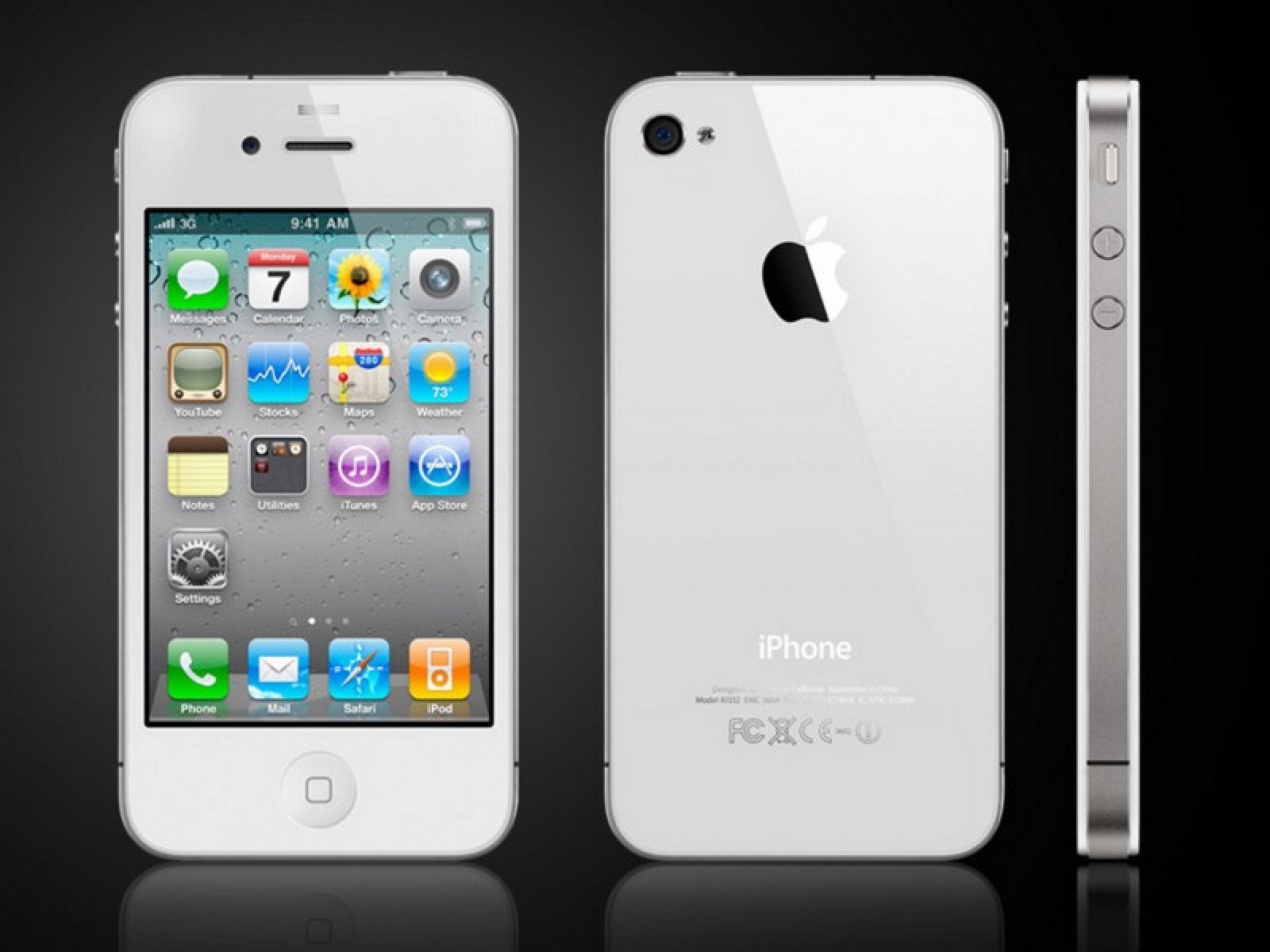
The iPhone 4, introduced in 2010
Japanese site Nikkei also believes Apple will use glass for all three of the iPhones that are in development, but other sources have suggested only one -- the OLED model -- will have a glass body, while others continue to use an aluminum body.
The CEO of Apple supplier Catcher Technology, Allen Horng, has said "only one model" will adopt a glass casing in 2017, suggesting other non-glass iPhones are in the works, but Apple supplier Wistron has implied all three will feature wireless charging, necessitating glass bodies. Japanese site Mac Otakara has suggested Apple will sell a 4.7 and 5.5-inch aluminum "iPhone 7s" and "iPhone 7 Plus" with a design that's largely unchanged from the iPhone 7 with the exception of a new red color option, and DigiTimes predicts a 4.7-inch "iPhone 7s" with an aluminum body to be sold alongside a 5.8-inch OLED iPhone with a glass body and a 5.5-inch model of an unspecified material.
There are two possible outcomes based on the rumors we're hearing: Either we get three iPhones with glass bodies and wireless charging, with extra features to set the OLED model apart from the standard models, or we get a single OLED model with a glass body sold alongside two standard aluminum devices, which may or may not have wireless charging. Most rumors point towards the first scenario.

An iPhone 8 rendering based on leaked design schematics
Size wise, while the OLED iPhone will use a larger display panel because it includes no bezels, it may be similar in size to the 4.7-inch iPhone, so it's reasonable to picture the iPhone 8 as an iPhone 7 with a screen that spans from edge to edge.
Rumors have varied on what we can expect as far as color options go. According to KGI Securities analyst Ming-Chi Kuo, who often reliably predicts Apple's plans, all three of the new iPhones -- the 5.8-inch "iPhone 8" and the 4.7 and 5.5-inch iPhone 7s and iPhone 7s Plus -- will come in just three colors: gold, silver, and black. An iPhone 8 dummy image has also been circulating on Chinese social networks depicting the device in three colors, but the gold is more of a copper shade so it's not entirely clear if this is an accurate representation of the colors we can expect to see when Apple's new devices launch.
According to a Foxconn insider, this copper gold shade is officially known as "Blush Gold" and will be one of the three colors available for the iPhone 8.

That means it will continue to hold up to splashes and brief immersion in water, but customers should still make an effort to avoid water as Apple's iPhone 7 warranty does not cover water damage and it's likely the iPhone 8 warranty will also exclude water damage.
Apple supplier Wistron accidentally leaked information on the iPhone's water resistance. In an interview, a Wistron executive implied that at least one iPhone model would be "waterproof" and would support wireless charging. Because Wistron is manufacturing the 5.5-inch iPhone 7s Plus rather than the iPhone 8, the exec was likely referring to the iPhone 7 Plus, but a feature coming to the iPhone 7 Plus will undoubtedly extend to the other two iPhone models expected in 2017.
Instead, the iPhone 8 might rely entirely on touch-based gesture controls for navigating to the Home screen and activating the App Switcher. iPhone 8 users may need to drag up a "thin bar" from the bottom of the screen to open the device to the Home screen and to get to features like the App Switcher and the Control Center. Inside an app, a swipe upwards brings up the multitasking interface for switching apps and closing the current app.
The multitasking interface itself has been redesigned to look like a series of standalone cards rather than a stacked deck of cards as on other iPhones. Mockups of the concept have been shared by graphic designer Olivier Charavel, with a dock and a thin line below it displayed on the iPhone's screen.
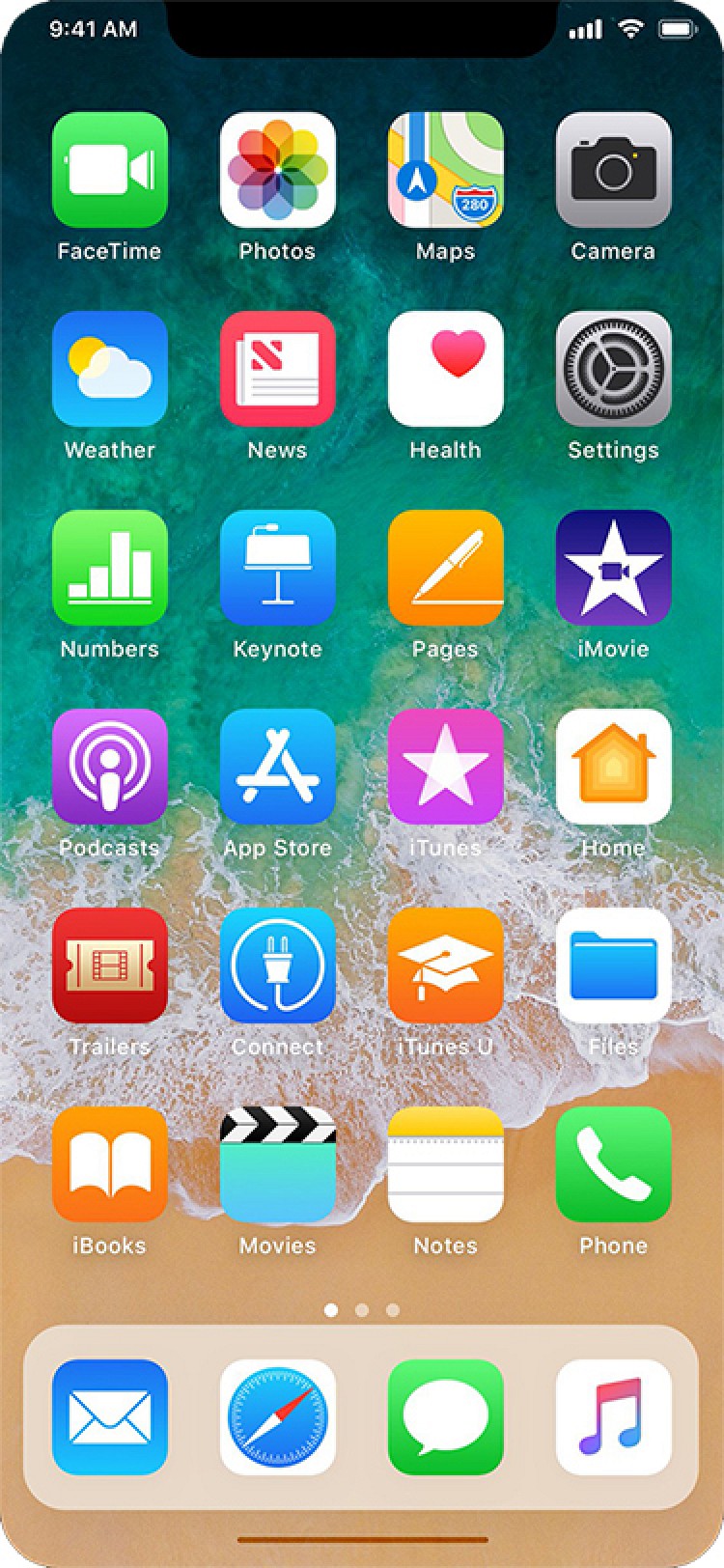
This control method is similar to how the Dock works on the iPad. A single swipe brings up the dock and a longer swipe opens up an App Switcher.
Multiple rumors have suggested there will be three versions of the iPhone: a "premium" OLED model and two standard LCD devices, with sizes that may include 4.7, 5.8 inches (OLED), and 5.5 inches. While one model (the high-end OLED device) will feature a glass body, rumors disagree on what the other two models will be made from.
According to KGI Securities analyst Ming-Chi Kuo, who has shared several accurate rumors about Apple's design plans in the past, all three iPhones will feature the same glass-bodied design, with glass instead of aluminum used for the body of the device. Kuo also believes a stainless steel frame will be used in the higher-end iPhone, while less expensive models may get an aluminum frame. Bloomberg, a site that often has knowledge of Apple's plans, has confirmed Apple's plans to use steel-framed glass for the OLED iPhone.

Japanese site Nikkei also believes Apple will use glass for all three of the iPhones that are in development, but other sources have suggested only one -- the OLED model -- will have a glass body, while others continue to use an aluminum body.
The CEO of Apple supplier Catcher Technology, Allen Horng, has said "only one model" will adopt a glass casing in 2017, suggesting other non-glass iPhones are in the works, but Apple supplier Wistron has implied all three will feature wireless charging, necessitating glass bodies. Japanese site Mac Otakara has suggested Apple will sell a 4.7 and 5.5-inch aluminum "iPhone 7s" and "iPhone 7 Plus" with a design that's largely unchanged from the iPhone 7 with the exception of a new red color option, and DigiTimes predicts a 4.7-inch "iPhone 7s" with an aluminum body to be sold alongside a 5.8-inch OLED iPhone with a glass body and a 5.5-inch model of an unspecified material.
There are two possible outcomes based on the rumors we're hearing: Either we get three iPhones with glass bodies and wireless charging, with extra features to set the OLED model apart from the standard models, or we get a single OLED model with a glass body sold alongside two standard aluminum devices, which may or may not have wireless charging. Most rumors point towards the first scenario.

Size wise, while the OLED iPhone will use a larger display panel because it includes no bezels, it may be similar in size to the 4.7-inch iPhone, so it's reasonable to picture the iPhone 8 as an iPhone 7 with a screen that spans from edge to edge.
Rumors have varied on what we can expect as far as color options go. According to KGI Securities analyst Ming-Chi Kuo, who often reliably predicts Apple's plans, all three of the new iPhones -- the 5.8-inch "iPhone 8" and the 4.7 and 5.5-inch iPhone 7s and iPhone 7s Plus -- will come in just three colors: gold, silver, and black. An iPhone 8 dummy image has also been circulating on Chinese social networks depicting the device in three colors, but the gold is more of a copper shade so it's not entirely clear if this is an accurate representation of the colors we can expect to see when Apple's new devices launch.
According to a Foxconn insider, this copper gold shade is officially known as "Blush Gold" and will be one of the three colors available for the iPhone 8.

Water Resistance
The iPhone 8 may feature an IP68 water resistance rating, an improvement over the IP67 certification earned by the iPhone 7 and the iPhone 7 Plus. Like the Galaxy S7, which is also IP68 certified, the iPhone 8 might be able to withstand 1.5 meters of water for up to 30 minutes while also offering full dust protection.That means it will continue to hold up to splashes and brief immersion in water, but customers should still make an effort to avoid water as Apple's iPhone 7 warranty does not cover water damage and it's likely the iPhone 8 warranty will also exclude water damage.
Apple supplier Wistron accidentally leaked information on the iPhone's water resistance. In an interview, a Wistron executive implied that at least one iPhone model would be "waterproof" and would support wireless charging. Because Wistron is manufacturing the 5.5-inch iPhone 7s Plus rather than the iPhone 8, the exec was likely referring to the iPhone 7 Plus, but a feature coming to the iPhone 7 Plus will undoubtedly extend to the other two iPhone models expected in 2017.
No Home Button
There will be no physical Home button on the iPhone 8 because it has an edge-to-edge display, but there may also be no virtual Home button, with Apple moving away from the single button concept all together.Instead, the iPhone 8 might rely entirely on touch-based gesture controls for navigating to the Home screen and activating the App Switcher. iPhone 8 users may need to drag up a "thin bar" from the bottom of the screen to open the device to the Home screen and to get to features like the App Switcher and the Control Center. Inside an app, a swipe upwards brings up the multitasking interface for switching apps and closing the current app.
The multitasking interface itself has been redesigned to look like a series of standalone cards rather than a stacked deck of cards as on other iPhones. Mockups of the concept have been shared by graphic designer Olivier Charavel, with a dock and a thin line below it displayed on the iPhone's screen.

This control method is similar to how the Dock works on the iPad. A single swipe brings up the dock and a longer swipe opens up an App Switcher.
Facial Recognition vs. Touch ID
According to KGI Securities analyst Ming-Chi Kuo, Apple is planning on eliminating Touch ID entirely
in the iPhone 8 and replacing it with a new security system that's
based on facial recognition. Facial recognition capabilities powered by
new 3D sensors have long been rumored for the iPhone 8, but it wasn't suggested until recently that the functionality would replace Touch ID entirely.
Kuo's prediction has been echoed by JP Morgan analyst Rod Hall and Bloomberg, with the site suggesting Apple will introduce an "improved" security system that will let customers unlock their iPhones and make Apple Pay payments with facial recognition instead of a Touch ID fingerprint sensor. Apple's 3D sensing facial recognition system is advanced and can unlock an iPhone within a few hundred milliseconds.
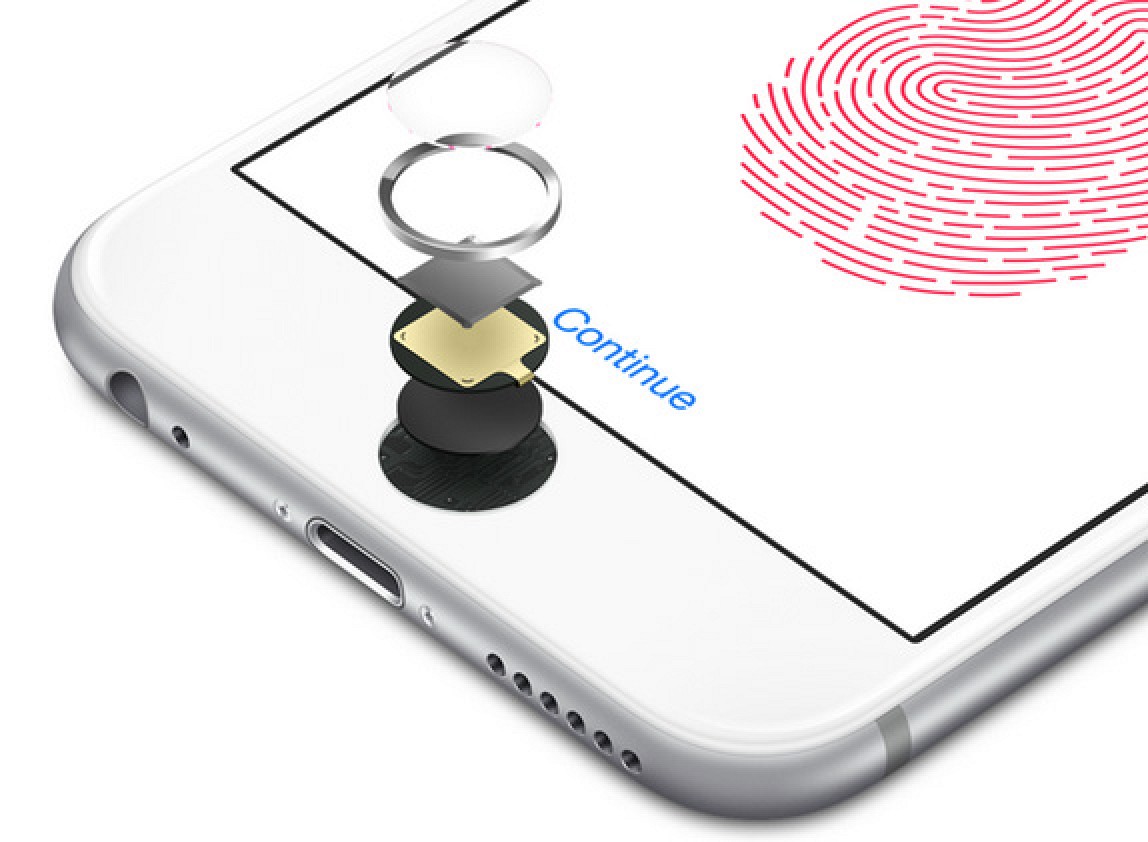
It's said to work even when an iPhone is set on a table, so it's functional from many different angles and should not be a hassle to use even when making payments at a terminal, and evidence of this functionality was found in HomePod firmware. It captures more data points than a fingerprint scan, so it's more secure than Touch ID, and Apple is also using 3D depth perception techniques that will prevent the facial recognition from being fooled by a photograph.
Along with being able to detect a face when lying flat, the sensors in the iPhone 8 are also believed to keep the device unlocked as long as a face is in range, and the facial recognition feature also mutes incoming notifications so long as a user is looking at the phone.
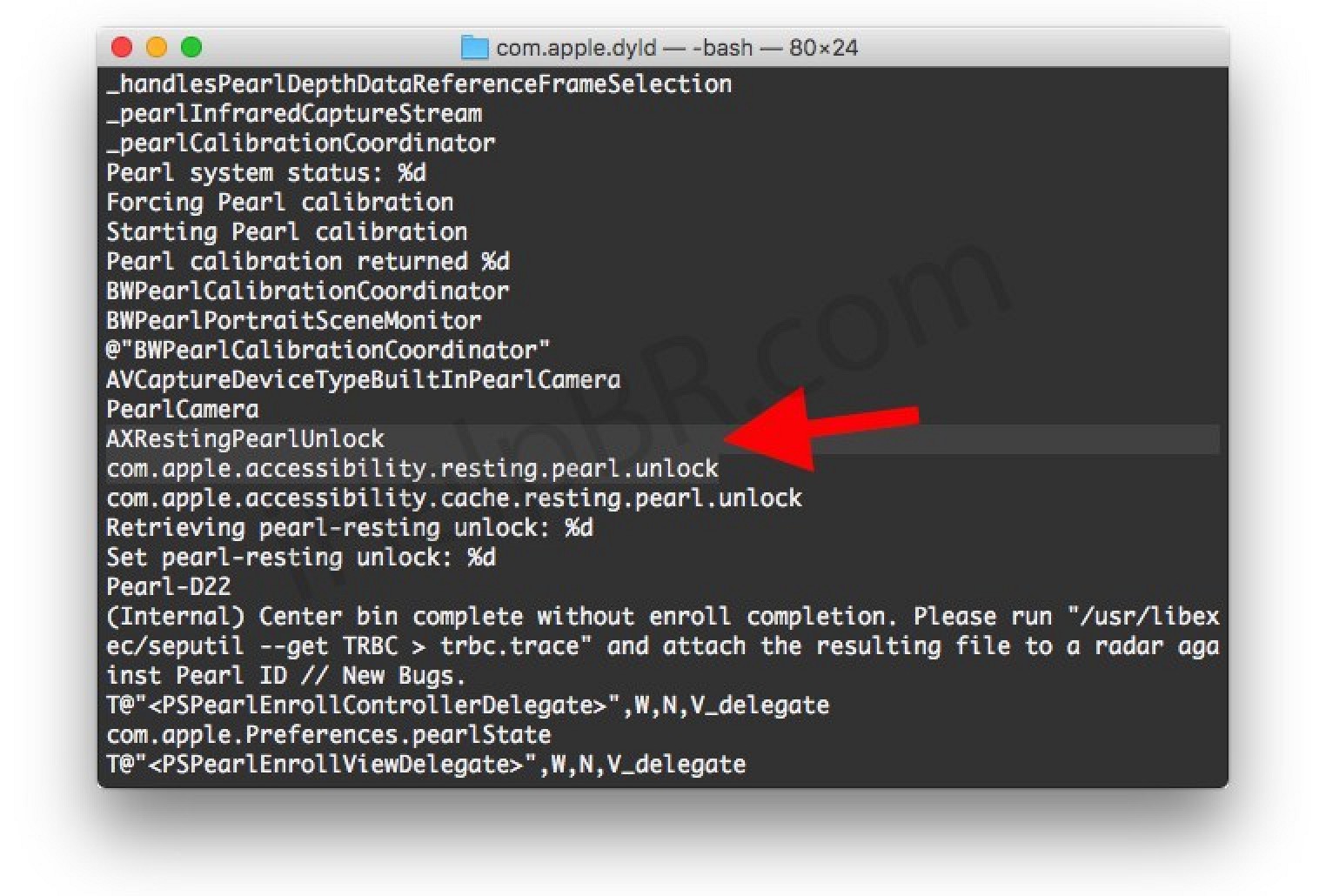
HomePod
firmware hinting at a "resting unlock" feature for the iPhone 8. Pearl
is the code name for the device's facial recognition technology.
Apple itself has confirmed that a facial recognition system is in the works, through an accidental firmware leak.
Buried in HomePod firmware that was released early, there are hints of
what's coming in the iPhone 8. There are multiple references to infrared
face detection in the BiometricKit framework that's used for Touch ID,
confirming rumors suggesting the iPhone 8 will rely either partially or
entirely on new facial recognition capabilities.
"FaceDetect" methods inside of BiometricKit address face detection circumstances like faces being too far or too close to the camera, the presence of multiple faces, and more, while additional references are made to infrared functionality, which confirms it will use new infrared sensors for facial recognition even in low light. Apple is said to be using a high pixel density front-facing camera and other advanced sensors.
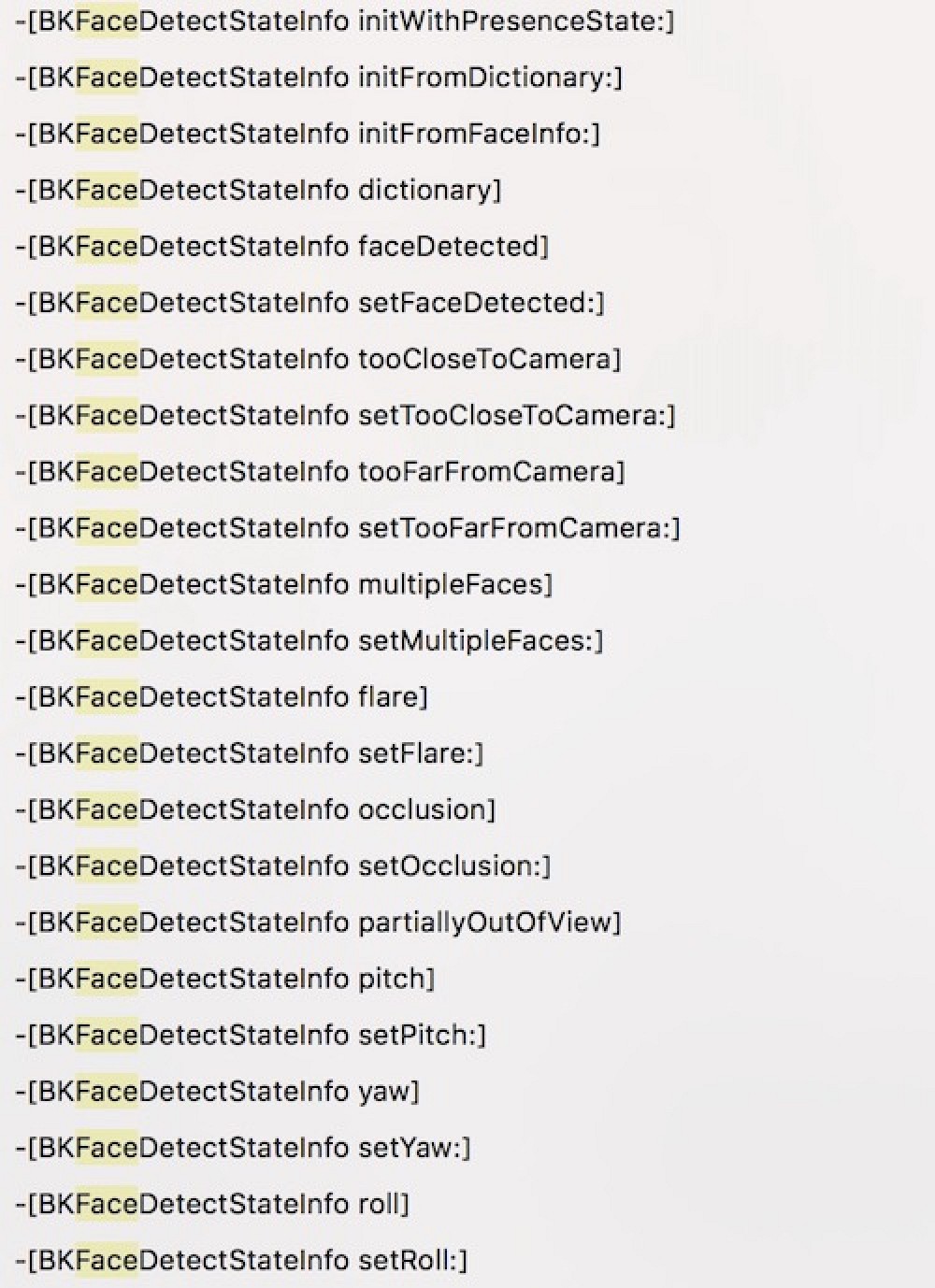
The code name for the facial recognition functionality appears to be "Pearl," but it's not yet clear what Apple will name the feature when it launches.
Based on additional information found in the firmware, the iPhone 8's facial recognition capabilities are likely to work with Apple Pay, perhaps allowing facial recognition to replace a fingerprint as an authentication method. Facial recognition can also be used by third-party apps and it may support multiple faces, much like Touch ID.
Iris scanning has also been rumored for the iPhone 8, so there is a possibility Apple will use an iris scanning feature to augment its facial recognition, but it's not yet clear if this rumor is accurate.
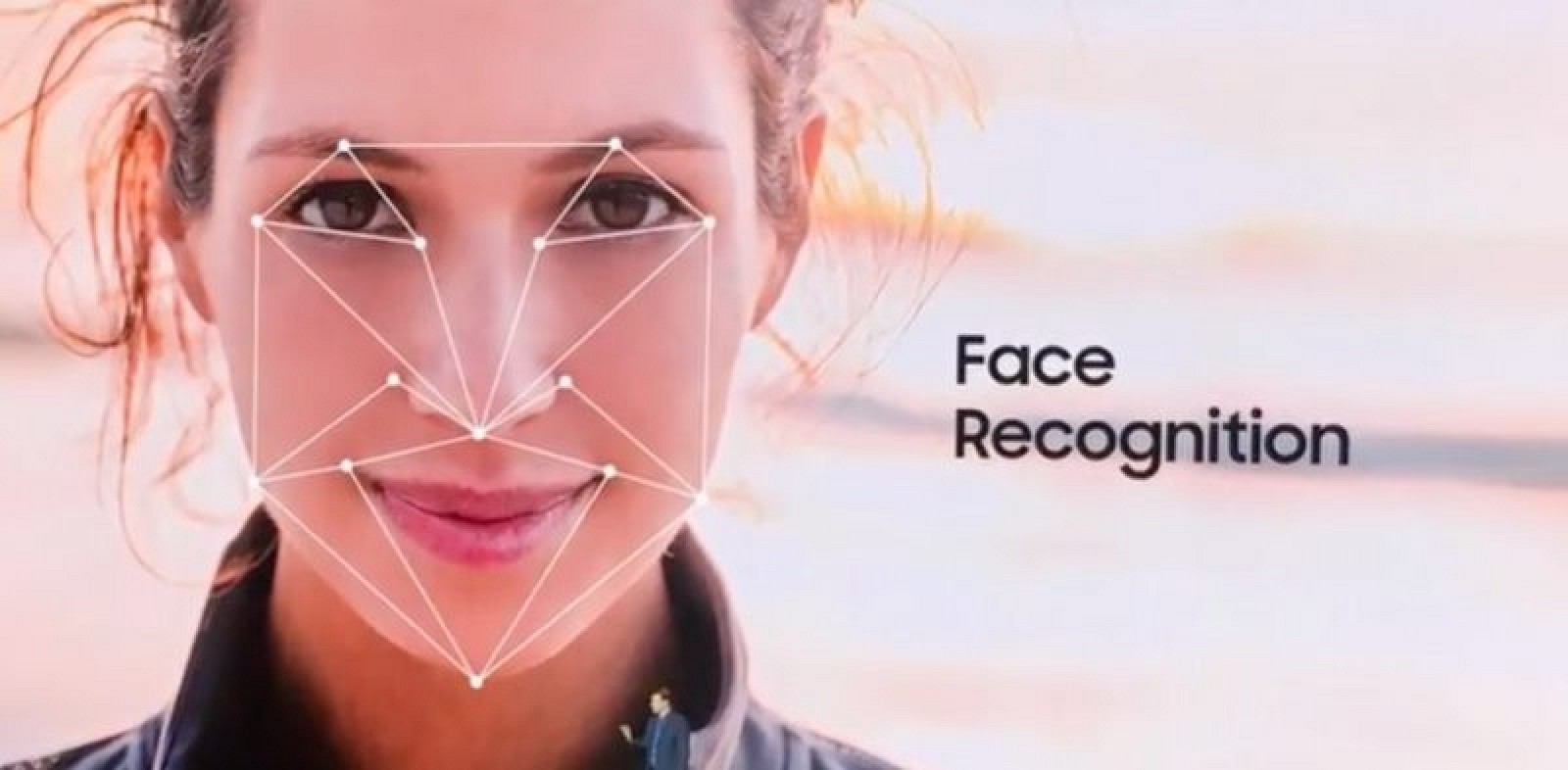
Original rumors suggested Apple was planning to integrate Touch ID into the display of the device, but that functionality may not have panned out due to production difficulties and other issues with the technology.
There's been no sign of an under-display Touch ID solution in the HomePod firmware that leaked details on the iPhone 8, suggesting it has indeed been scrapped.
Some rumors say Apple is still trying to decide on a course of action, but at this late date, it's likely a decision has been made. Rumors persist, though, a and Fast Company source says Apple is still working to implement Touch ID under the device's display, and that its inclusion in the iPhone 8 is "likely." There's said to be a "sense of panic" in the air as Apple designers and engineers work to overcome software problems with Touch ID, the 3D sensor, and wireless charging.
There was some speculation that Touch ID could potentially be built into the elongated power button that's included in the iPhone 8, but supply chain sources say the button is solid with no additional sensors or components that would be required for Touch ID. For that reason, Touch ID is also not likely to be built into that button, suggesting it's gone entirely.
Due to the different rumors and the fact that the facial recognition system is allegedly "still being tested," it continues to be unclear if the iPhone 8 will indeed do away with Touch ID entirely in favor of facial recognition. There have been multiple rumors about under-display Touch ID, including some pointing towards specific component suppliers, so we'll need to wait for more information to confirm Apple's iPhone 8 plans.
Regardless of whether the iPhone 8 has Touch ID, the two devices that will be sold alongside it, the "iPhone 7s" and the "iPhone 7s Plus," are expected to continue to offer Touch ID Home buttons.
Kuo's prediction has been echoed by JP Morgan analyst Rod Hall and Bloomberg, with the site suggesting Apple will introduce an "improved" security system that will let customers unlock their iPhones and make Apple Pay payments with facial recognition instead of a Touch ID fingerprint sensor. Apple's 3D sensing facial recognition system is advanced and can unlock an iPhone within a few hundred milliseconds.

It's said to work even when an iPhone is set on a table, so it's functional from many different angles and should not be a hassle to use even when making payments at a terminal, and evidence of this functionality was found in HomePod firmware. It captures more data points than a fingerprint scan, so it's more secure than Touch ID, and Apple is also using 3D depth perception techniques that will prevent the facial recognition from being fooled by a photograph.
Along with being able to detect a face when lying flat, the sensors in the iPhone 8 are also believed to keep the device unlocked as long as a face is in range, and the facial recognition feature also mutes incoming notifications so long as a user is looking at the phone.

"FaceDetect" methods inside of BiometricKit address face detection circumstances like faces being too far or too close to the camera, the presence of multiple faces, and more, while additional references are made to infrared functionality, which confirms it will use new infrared sensors for facial recognition even in low light. Apple is said to be using a high pixel density front-facing camera and other advanced sensors.

The code name for the facial recognition functionality appears to be "Pearl," but it's not yet clear what Apple will name the feature when it launches.
Based on additional information found in the firmware, the iPhone 8's facial recognition capabilities are likely to work with Apple Pay, perhaps allowing facial recognition to replace a fingerprint as an authentication method. Facial recognition can also be used by third-party apps and it may support multiple faces, much like Touch ID.
Iris scanning has also been rumored for the iPhone 8, so there is a possibility Apple will use an iris scanning feature to augment its facial recognition, but it's not yet clear if this rumor is accurate.

Original rumors suggested Apple was planning to integrate Touch ID into the display of the device, but that functionality may not have panned out due to production difficulties and other issues with the technology.
There's been no sign of an under-display Touch ID solution in the HomePod firmware that leaked details on the iPhone 8, suggesting it has indeed been scrapped.
Some rumors say Apple is still trying to decide on a course of action, but at this late date, it's likely a decision has been made. Rumors persist, though, a and Fast Company source says Apple is still working to implement Touch ID under the device's display, and that its inclusion in the iPhone 8 is "likely." There's said to be a "sense of panic" in the air as Apple designers and engineers work to overcome software problems with Touch ID, the 3D sensor, and wireless charging.
There was some speculation that Touch ID could potentially be built into the elongated power button that's included in the iPhone 8, but supply chain sources say the button is solid with no additional sensors or components that would be required for Touch ID. For that reason, Touch ID is also not likely to be built into that button, suggesting it's gone entirely.
Due to the different rumors and the fact that the facial recognition system is allegedly "still being tested," it continues to be unclear if the iPhone 8 will indeed do away with Touch ID entirely in favor of facial recognition. There have been multiple rumors about under-display Touch ID, including some pointing towards specific component suppliers, so we'll need to wait for more information to confirm Apple's iPhone 8 plans.
Regardless of whether the iPhone 8 has Touch ID, the two devices that will be sold alongside it, the "iPhone 7s" and the "iPhone 7s Plus," are expected to continue to offer Touch ID Home buttons.
Display
At least one iPhone 8 model is expected to include a flexible OLED display and Apple has signed a deal with Samsung to produce OLED displays for devices set to debut in 2017. Samsung is running its display factories at full capacity as Apple ramps up supply ahead of the device's launch.
An OLED display eliminates the need for the backlighting that's used in traditional LCDs, which would allow Apple to cut down on the thickness and weight of the display used in the device. OLED displays can also be flexible, but Apple is planning to use a flat 2.5D display in the iPhone 8.
OLED displays offer better contrast ratio, truer colors, improved viewing angles, better power efficiency to maximize battery life, and a faster response time than an LCD for faster refresh rates. On the downside, OLED displays don't have the lifespan of an LCD display and they're more prone to water damage, two issues Apple will need to overcome. Apple already uses OLED displays in the Apple Watch.
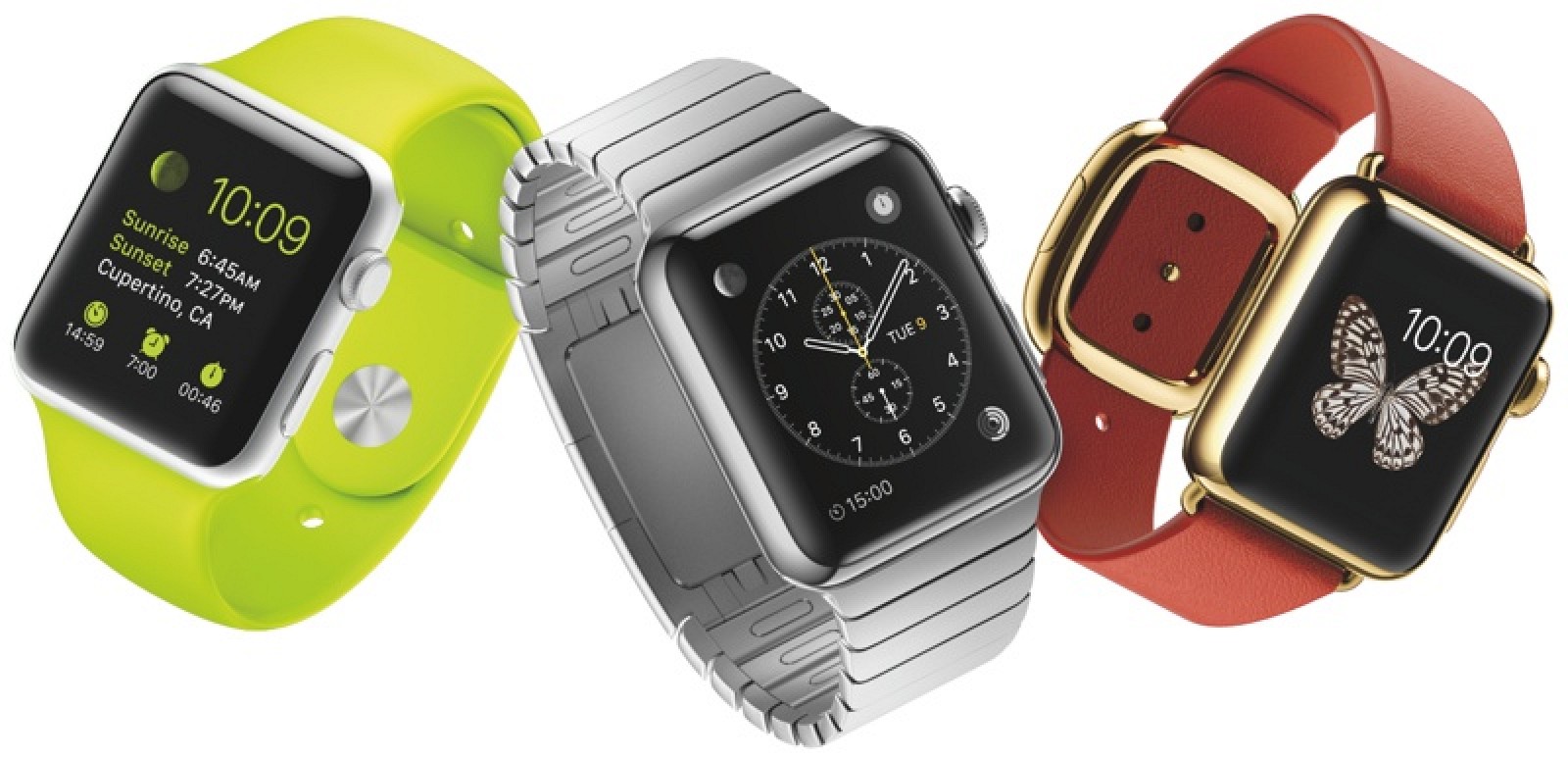
The Apple Watch has an AMOLED display
There are multiple rumors about the size and type of the panels Apple will be using, and rumors indicate Apple is testing more than 10 iPhone prototypes. While we've heard several rumors pointing towards different display sizes, information seems to be solidifying around a screen size of 5.8 inches, with a smaller active display area.
Because Apple has tested so many design prototypes for the iPhone 8, we've heard a lot of mixed information on the design of the display. On the whole, it's sounding like the display will likely be somewhat curved (similar to the existing iPhone 7) with a very small bezel in the range of a few millimeters.
Multiple rumors suggest Apple will implement an edge-to-edge display, which means the iPhone will have very thin top, bottom, and side bezels, with the display taking up the entire front of the device. It will look like a single, uninterrupted piece of glass, aside from a small bar that will house cameras and sensors.
According to KGI Securities analyst Ming-Chi Kuo, the iPhone 8 is said to have the "highest screen-to-body ratio of any smartphone currently available worldwide" due to the edge-to-edge display and the ultra-thin bezels. A "notch" for the front-facing camera and its accompanying sensors is said to be the only noticeable part of the iPhone 8's bezel. Sensors like Touch ID will be embedded in the display or eliminated, and there will be no iconic Home button on the device.
Kuo believes the OLED iPhone 8 will feature a 5.8-inch display, but it will only have 5.15 inches of active screen space. Additional screen space is said to be taken up by virtual buttons that replace the current physical Home button, a prediction echoed by The Wall Street Journal. Kuo lays out his size predictions in the diagram below:
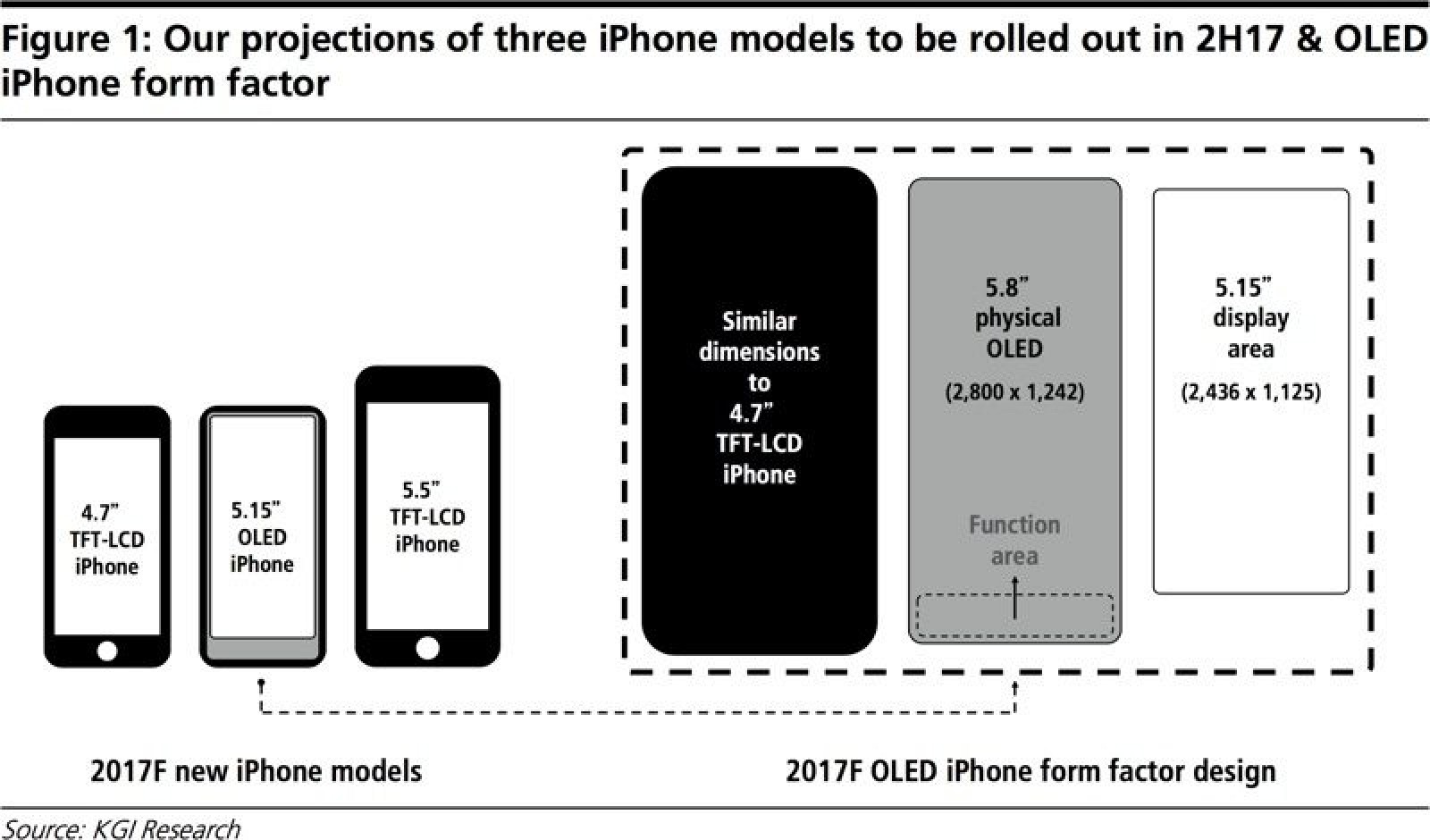
Based on Kuo's description, the iPhone 8 can be thought of as having a screen the size of the 5.5-inch iPhone in a form factor that's the size of the 4.7-inch iPhone. Imagining an iPhone 7 Plus that features just a display and no bezels is a good way of conceptualizing what the iPhone 8 might look like. The device, as described by Kuo, has a resolution of 1125 x 2436.
With the edge-to-edge display, KGI Securities analyst Ming-Chi Kuo believes Apple will continue to use a 2.5D display, like the display in the iPhone 7. Japanese site Nikkei has echoed Kuo's prediction and also expects Apple to use a 5.8-inch display.
Most rumors point towards a 2.5D display for the iPhone 8, but there have been some outliers and some confusing rumors based on the different way curved displays are described. Nikkei Asian Review, for example, says the iPhone 8 will feature a curved OLED display, but with a gentler curvature than the Samsung Galaxy S7 Edge. Technically, that sounds similar to what other sources have described -- a curve like the slight curve of the existing iPhone 7.
The site does, however, say that Apple "would not be using OLED optimally" if it implemented a display like existing models, but Nikkei appears to expect a display that is slightly curved beneath the edges of the 2.5D cover glass, a curve not nearly as significant as the curve on the Galaxy S7. Nikkei, like Kuo, expects the curved screen to allow for a viewable area of 5.2 inches. The Wall Street Journal also suggests a curved display, but does not go into detail on what that means.
It sounds like a lot of the display rumors are saying the same thing, though it can seem quite different due to the confusion over and the different interpretation of the word curve. Based on what we're hearing, we expect an OLED iPhone 8 with a display that's just slightly curved downwards at the edges but mostly flat.
According to information said to be shared by a source at Apple supplier TSMC, the iPhone 8 will feature a 18.5:9 aspect ratio instead of a 16:9 aspect ratio. That's the same aspect ratio the Galaxy S8 and S8 Plus use.
MacRumors has been receiving visits from devices with a display resolution of 375 x 812, which translates to 1125 x 2436 using pixel tripling, suggesting Kuo's resolution prediction may be accurate. The devices appear do not correspond to any known devices and are believed to be iPhone 8 models.
As previously mentioned, Apple is rumored to be planning on debuting three devices, one premium model with an OLED display and two standard models that use traditional LCD panels. While there is confusion over the size and curvature of the OLED panel, the LCD iPhones are expected to be 4.7 and 5.5 inches, the same size (and design) as the iPhone 7 and iPhone 7 Plus.
All three of the iPhone models set to be released in 2017 could include True Tone displays, according to Barclays analysts. A "full spectral sensing" ambient light sensor will enable "True Tone" colors that will adjust the display to the light in its surrounding environment. The current-generation iPad Pro was the first device to include a True Tone display, an example of which is below.
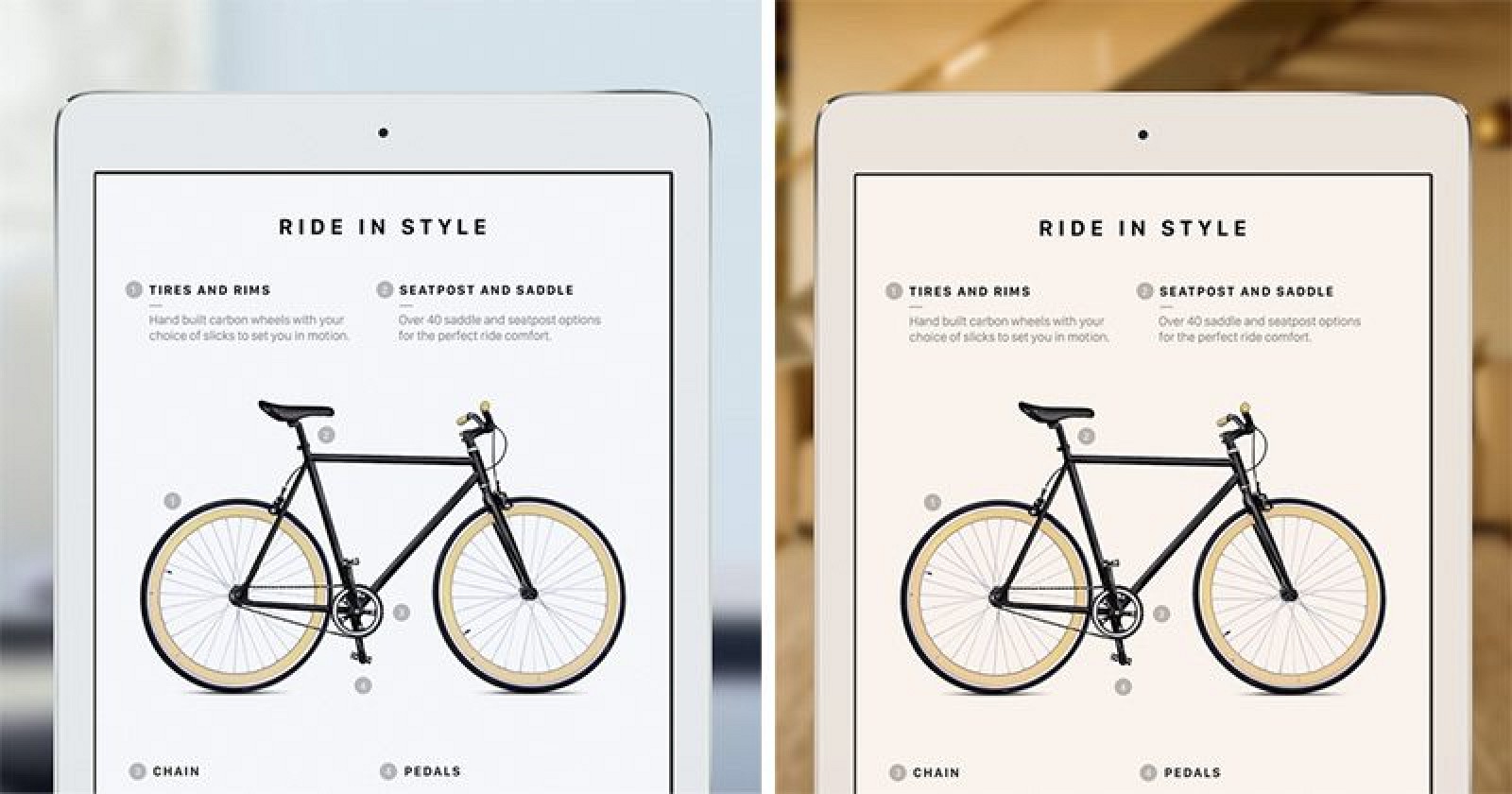
In a room with fluorescent lights, for example, the iPhone's display might appear more blue, while in a room with warmer incandescent lights, the display would appear slightly more yellow. At least one device is also expected to include ProMotion display technology, which supports a 120Hz refresh rate for improvements to motion and animations. ProMotion was first introduced in the 2017 iPad Pro models.
An OLED display eliminates the need for the backlighting that's used in traditional LCDs, which would allow Apple to cut down on the thickness and weight of the display used in the device. OLED displays can also be flexible, but Apple is planning to use a flat 2.5D display in the iPhone 8.
OLED displays offer better contrast ratio, truer colors, improved viewing angles, better power efficiency to maximize battery life, and a faster response time than an LCD for faster refresh rates. On the downside, OLED displays don't have the lifespan of an LCD display and they're more prone to water damage, two issues Apple will need to overcome. Apple already uses OLED displays in the Apple Watch.

Because Apple has tested so many design prototypes for the iPhone 8, we've heard a lot of mixed information on the design of the display. On the whole, it's sounding like the display will likely be somewhat curved (similar to the existing iPhone 7) with a very small bezel in the range of a few millimeters.
Multiple rumors suggest Apple will implement an edge-to-edge display, which means the iPhone will have very thin top, bottom, and side bezels, with the display taking up the entire front of the device. It will look like a single, uninterrupted piece of glass, aside from a small bar that will house cameras and sensors.
According to KGI Securities analyst Ming-Chi Kuo, the iPhone 8 is said to have the "highest screen-to-body ratio of any smartphone currently available worldwide" due to the edge-to-edge display and the ultra-thin bezels. A "notch" for the front-facing camera and its accompanying sensors is said to be the only noticeable part of the iPhone 8's bezel. Sensors like Touch ID will be embedded in the display or eliminated, and there will be no iconic Home button on the device.
Kuo believes the OLED iPhone 8 will feature a 5.8-inch display, but it will only have 5.15 inches of active screen space. Additional screen space is said to be taken up by virtual buttons that replace the current physical Home button, a prediction echoed by The Wall Street Journal. Kuo lays out his size predictions in the diagram below:

Based on Kuo's description, the iPhone 8 can be thought of as having a screen the size of the 5.5-inch iPhone in a form factor that's the size of the 4.7-inch iPhone. Imagining an iPhone 7 Plus that features just a display and no bezels is a good way of conceptualizing what the iPhone 8 might look like. The device, as described by Kuo, has a resolution of 1125 x 2436.
With the edge-to-edge display, KGI Securities analyst Ming-Chi Kuo believes Apple will continue to use a 2.5D display, like the display in the iPhone 7. Japanese site Nikkei has echoed Kuo's prediction and also expects Apple to use a 5.8-inch display.
Most rumors point towards a 2.5D display for the iPhone 8, but there have been some outliers and some confusing rumors based on the different way curved displays are described. Nikkei Asian Review, for example, says the iPhone 8 will feature a curved OLED display, but with a gentler curvature than the Samsung Galaxy S7 Edge. Technically, that sounds similar to what other sources have described -- a curve like the slight curve of the existing iPhone 7.
The site does, however, say that Apple "would not be using OLED optimally" if it implemented a display like existing models, but Nikkei appears to expect a display that is slightly curved beneath the edges of the 2.5D cover glass, a curve not nearly as significant as the curve on the Galaxy S7. Nikkei, like Kuo, expects the curved screen to allow for a viewable area of 5.2 inches. The Wall Street Journal also suggests a curved display, but does not go into detail on what that means.
It sounds like a lot of the display rumors are saying the same thing, though it can seem quite different due to the confusion over and the different interpretation of the word curve. Based on what we're hearing, we expect an OLED iPhone 8 with a display that's just slightly curved downwards at the edges but mostly flat.
According to information said to be shared by a source at Apple supplier TSMC, the iPhone 8 will feature a 18.5:9 aspect ratio instead of a 16:9 aspect ratio. That's the same aspect ratio the Galaxy S8 and S8 Plus use.
MacRumors has been receiving visits from devices with a display resolution of 375 x 812, which translates to 1125 x 2436 using pixel tripling, suggesting Kuo's resolution prediction may be accurate. The devices appear do not correspond to any known devices and are believed to be iPhone 8 models.
As previously mentioned, Apple is rumored to be planning on debuting three devices, one premium model with an OLED display and two standard models that use traditional LCD panels. While there is confusion over the size and curvature of the OLED panel, the LCD iPhones are expected to be 4.7 and 5.5 inches, the same size (and design) as the iPhone 7 and iPhone 7 Plus.
All three of the iPhone models set to be released in 2017 could include True Tone displays, according to Barclays analysts. A "full spectral sensing" ambient light sensor will enable "True Tone" colors that will adjust the display to the light in its surrounding environment. The current-generation iPad Pro was the first device to include a True Tone display, an example of which is below.

In a room with fluorescent lights, for example, the iPhone's display might appear more blue, while in a room with warmer incandescent lights, the display would appear slightly more yellow. At least one device is also expected to include ProMotion display technology, which supports a 120Hz refresh rate for improvements to motion and animations. ProMotion was first introduced in the 2017 iPad Pro models.
Processor
All iPhone models coming in 2017 are expected to use Apple's A11 chip,
including the OLED iPhone 8 and the more modest 4.7 and 5.5-inch
iPhones (which could be called the iPhone 7s and the iPhone 7s Plus).
TSMC began production on Apple's A11 processor in May 2017. TSMC initially wanted to start production in April, but production was reportedly delayed due to issues with the 10-nanometer FinFET manufacturing process. The A11 chip is expected to be both faster and more power efficient than the current A10, manufactured on a 16-nanometer process. It could introduce speedier performance and better battery life.
TSMC began production on Apple's A11 processor in May 2017. TSMC initially wanted to start production in April, but production was reportedly delayed due to issues with the 10-nanometer FinFET manufacturing process. The A11 chip is expected to be both faster and more power efficient than the current A10, manufactured on a 16-nanometer process. It could introduce speedier performance and better battery life.
Wireless Charging
Early iPhone 8 rumors suggested Apple was working on long-range wireless charging technology that could be implemented as soon as 2017, but more recent information and speculation
suggests that instead of long-range wireless charging techniques, Apple
will instead use an inductive-style wireless charging solution (similar
to the Apple Watch) for the device, and Apple supplier Wistron has accidentally confirmed that wireless charging is planned for at least one iPhone model.
Apple in February joined the Wireless Power Consortium, which is committed to the open development of the Qi wireless charging standard that's widely used in devices like the Samsung Galaxy line, and Apple has filed dozens of patents for inductive charging. Dozens of hires with expertise in wireless charging have also joined the company over the past year.
The iPhone 8 is expected to include a WPC-based Qi wireless charging solution that will be enabled through an optional accessory that will be purchased alongside the new iPhones.
Apple is said to be having issues with the software related to the wireless charging functionality, so the inductive charging accessory that will enable the feature may not ship until later in the year, perhaps alongside an iOS 11.1 update.
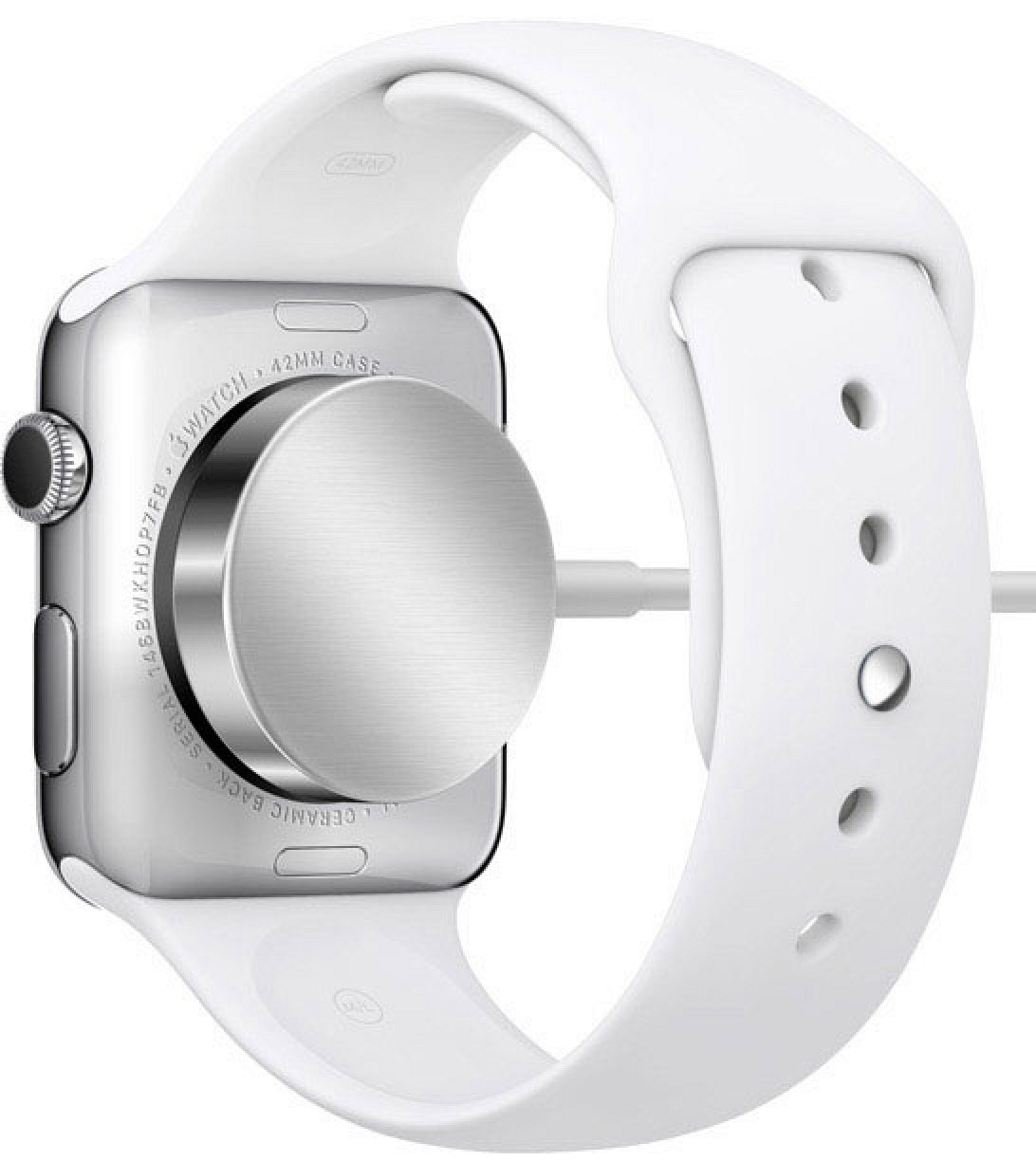
The Apple Watch uses inductive charging
There's been plenty of evidence that Apple is seeking components for an inductive charging solution. Lite-On Semiconductor is rumored to be providing integrated chip components for the wireless charging module in the iPhone 8. The manufacturer will reportedly supply bridge rectifiers needed to reduce thermal issues and maintain efficiency in wireless power transmission, and Apple is also perhaps sourcing components from MediaTek, Foxconn, Pegatron, and Luxshare. Foxconn and Pegatron are said to be manufacturing the charging bases that will be used with the iPhone.
It's possible Apple originally considered long-range wireless charging techniques but has not yet been able to perfect the solution, which would explain the mixed rumors.
There was speculation suggesting Apple is working with a partner, possibly Energous, a company that's developed a long-range wireless charging solution called WattUp, but there's been no hard evidence. Energous CEO Steve Rizzone has encouraged such rumors claiming the company has inked a deal with "one of the largest consumer electronic companies in the world," but it continues to be unclear if that partner is Apple. If Apple is indeed working on long-range wireless charging, it could be introduced in the future.
Regardless of the wireless charging method used, KGI Securities analyst Ming-Chi Kuo believes that all new iPhones are likely to support wireless charging next year, including the 4.7-inch model, the larger 5.5-inch model, and the high-end OLED model, as does Susquehanna analyst Christopher Rolland.
Apple in February joined the Wireless Power Consortium, which is committed to the open development of the Qi wireless charging standard that's widely used in devices like the Samsung Galaxy line, and Apple has filed dozens of patents for inductive charging. Dozens of hires with expertise in wireless charging have also joined the company over the past year.
The iPhone 8 is expected to include a WPC-based Qi wireless charging solution that will be enabled through an optional accessory that will be purchased alongside the new iPhones.
Apple is said to be having issues with the software related to the wireless charging functionality, so the inductive charging accessory that will enable the feature may not ship until later in the year, perhaps alongside an iOS 11.1 update.

There's been plenty of evidence that Apple is seeking components for an inductive charging solution. Lite-On Semiconductor is rumored to be providing integrated chip components for the wireless charging module in the iPhone 8. The manufacturer will reportedly supply bridge rectifiers needed to reduce thermal issues and maintain efficiency in wireless power transmission, and Apple is also perhaps sourcing components from MediaTek, Foxconn, Pegatron, and Luxshare. Foxconn and Pegatron are said to be manufacturing the charging bases that will be used with the iPhone.
It's possible Apple originally considered long-range wireless charging techniques but has not yet been able to perfect the solution, which would explain the mixed rumors.
There was speculation suggesting Apple is working with a partner, possibly Energous, a company that's developed a long-range wireless charging solution called WattUp, but there's been no hard evidence. Energous CEO Steve Rizzone has encouraged such rumors claiming the company has inked a deal with "one of the largest consumer electronic companies in the world," but it continues to be unclear if that partner is Apple. If Apple is indeed working on long-range wireless charging, it could be introduced in the future.
Regardless of the wireless charging method used, KGI Securities analyst Ming-Chi Kuo believes that all new iPhones are likely to support wireless charging next year, including the 4.7-inch model, the larger 5.5-inch model, and the high-end OLED model, as does Susquehanna analyst Christopher Rolland.
Other Features
Storage
The iPhone 8 is expected to include NAND flash memory from Samsung, but it is not clear what improvements it might bring. With the iPhone 7 and 7 Plus, Apple introduced a 256GB storage option, and it's possible additional increases could be included in the iPhone 8.Information sourced from Weibo has suggested the iPhone 8 will be available in 64, 256, and 512GB storage capacities supplied by SanDisk, Toshiba, Samsung, and SK Hynix. It's not clear how accurate this information is, nor if all colors will be available in all capacities.
Storage options for the iPhone 7s and the iPhone 7s Plus are also unknown.
One additional rumor has suggested the iPhone 8 will include increased storage space, that could make the device more expensive than previous-generation iPhone models, and two other rumors say it will be available in 64 and 256GB capacities.
RAM
Like the iPhone 7 Plus, the iPhone 8 is rumored to include 3GB RAM. The larger iPhone 7s Plus is expected to include 3GB RAM, while the smaller iPhone 7s will continue to offer 2GB RAM. The DRAM transfer speed of the three new models is expected to be faster than the iPhone 7 by 10 to 15 percent for better AR performance.Taptic Engine
An enhanced Taptic engine is one of the features that could be included in the 2017 iPhone, according to a report from Japanese site Nikkei. Apple is said to be working on a "high-performance motor" that's able to "create more complex tactile vibrations."Such an engine would perhaps be necessary if Apple is indeed eliminating the Home button in the iPhone 8, as has been rumored. Haptic feedback could offer vibrations to denote triggers like the unlocking of the iPhone and the confirmation of a Touch ID payment, two features currently tied to the physical iPhone Home button.
3D Touch
With Apple implementing glass bodies for the iPhone and introducing at least one OLED display, new 3D Touch technology may be required. According to KGI Securities analyst Ming-Chi Kuo, Apple will need to use a new 3D Touch module with "additional graphite sheet lamination" for heat reduction.Speaker
Kuo also believes the iPhone 8 will feature more consistent output power for the speaker and the receiver to create better stereo effects.Battery Life and Charging
We've heard few rumors on the prospective battery life of the iPhone 8, but one rumor from Fast Company says the device will include a "far bigger battery," which could result in improved battery life. A larger battery could also be implemented to power features like an OLED display or new biometric features that are rumored, though, so longer battery life is not a guarantee.Apple is said to be planning to use a stacked logic board design that will support longer battery life. With the improved logic board, the iPhone 8 will be able to offer the same battery life traditionally available in the 5.5-inch iPhone in a device the size of the 4.7-inch iPhone. An L-shaped two-cell battery pack with a capacity around 2,700 mAh could be included. Battery life could be further improved through the use of a more energy efficient OLED panel.
KGI Securities analyst Ming-Chi Kuo predicts Apple will implement USB Type-C power delivery technology (while still using the Lightning port) to offer a fast charging feature that would allow the iPhone to charge more quickly. He believes that while the iPhone 8 will offer fast charging functionality, it will continue to ship with the same 5W power adapter equipped with a USB-A port that's included with iPhones today. A USB-A to Lightning cable will also be included as a standard accessory. Kuo believes a 29W USB-C MacBook power adapter will be needed to use fast charging. Apple sells the power adapter for $49.
Barclays analyst Blayne Curtis disagrees with Kuo and predicts the iPhone 8 will ship with a 10W USB-C wall charger, an upgrade from the 5W charger that ships with the current iPhone 7 that would allow the iPhone 8 to charge faster. The 10W power adapter would include a USB-C connector (and a Lightning to USB-C cable) along with an integrated USB-C Power Delivery chip.
Rear Cameras
KGI Securities analyst Ming-Chi Kuo believes that the dual-lens camera introduced in the 5.5-inch iPhone 7 Plus will continue to be a feature exclusive to "high-end" iPhone models in 2017.Kuo predicts a 4.7-inch iPhone with a single camera, a 5.5-inch model with a dual-lens camera, and an OLED model in an unspecified size with a dual-lens camera.
He believes that future models will include optical image stabilization (OIS) for both the wide-angle and telephoto lenses. In the iPhone 7 Plus, only the wide-angle lens features OIS. The camera in the 2017 iPhone could also support 3D photography effects if Apple opts to use an LG camera module.
According to Japanese site Mac Otakara and multiple design leaks, the high-end 5-inch iPhone Apple plans on will adopt a new vertical dual camera arrangement instead of a horizontal dual camera system. A vertical dual camera has also been seen on alleged iPhone 8 design schematics and has been confirmed by Bloomberg.
According to Fast Company, Apple is working on a rear-facing VCSEL (vertical-cavity surface-emitting laser) system that could be included in the iPhone 8. Such a system would offer faster and more accurate depth measurements for augmented reality purposes, along with speedier autofocusing when taking a photograph.
Fast Company said it's not sure the camera system will make it into the iPhone 8, but given past rumors of of a 3D system and the vertical dual-lens camera redesign, it seems likely Apple has something big planned for the iPhone 8's rear camera.
The camera in the iPhone 8 may support new "SmartCamera" features, based on code found in a recent firmware leak. The camera app may be able to detect different types of scenes, photo conditions, and photography subjects like pets and children.
Several scenes are referenced, including Fireworks, Foliage, Pet, BrightStage, Sport, Sky, Snow, and Sunset/Sunrise, indicating the iPhone's camera may be able to detect a scene and then set the ideal exposure, shutter speed, and other factors to take the best photograph.
There are also references to a "freezeMotion" feature that mentions face scenes, pets, and babies, perhaps pointing towards new scene detection functionality that can recognize a fast moving target and automatically capture a photo at an ideal moment.
Front-Facing Camera
Apple is working on a major revamp of its front-facing camera in the iPhone 8, adding 3D sensing capabilities for facial recognition. The camera, which KGI Securities analyst Ming-Chi Kuo has called "revolutionary," is said to consist of three modules: a standard camera front-facing camera module, an infrared transmitting module, and an infrared receiving module, all of which will allow the iPhone 8 to perform 3D sensing and modeling.The infrared (IR) transmitter and receiver will work together to project invisible light into a room or a scene, casting points of light on all of the objects in an area. The infrared patterns and signals are read by the iPhone and allow it to capture depth information, which is paired with 2D images taken with the standard camera.
The data captured by the iPhone is analyzed with algorithms Apple acquired in 2013 from PrimeSense, and it's this technology that will enable the iPhone to analyze a person's facial structure for facial recognition or detect the layout of a room. The front-facing camera system will be integral for facial recognition, a feature that could potentially replace Touch ID in the iPhone 8, and it also has augmented reality applications.
Apple is said to be sourcing components for the front-facing camera from LG, and it some parts may also be coming from Largan Precision, which has said it plans to ship lenses for 3D sensing modules in the second half of 2017, along with Lumentum and Finisar. Apple has placed "massive" orders for VCSEL sensors from Lumentum.
Both the rear and front-facing cameras may support 4K video recording at 60 frames per second, based on code found in a recent firmware leak. It's not yet entirely clear if this is functionality that we can expect to see in the iPhone 8, but the improved frame rate could be useful for the augmented reality applications coming in iOS 11.
Siri
The iPhone 8 may feature enhanced Siri functionality according to a rumor from DigiTimes. It's not clear what an enhanced version of Siri would be able to do, but it could include an overall refinement to the personal assistant's ability to respond to contextual requests and other dialogue.On the iPhone 8, it's possible Siri will be activated by holding down on the sleep/wake button as there is no Home button to press to bring up the personal assistant.
Tap to Wake, Function Area and Status Bar
Firmware for the as-of-yet unreleased HomePod was released in July, and developers were able to dig into the code to figure out details about the iPhone 8. The iPhone 8 will feature an edge-to-edge display with thin bezels, but there will be a bar at the top that houses the front-facing camera and sensors.On each side of the cutout, Apple may put status bar items like connection strength, battery, Bluetooth, and time, and these may be interactive in some way.
At the bottom of the device, we're expecting to see a function area that replaces the Home button. Rumors initially pointed towards the use of a virtual Home button, but later information has suggested Apple will replace Home button functionality with touch-based gestures, using a series of swipes to bring up the Home screen and the App Switcher. The mockups below display a look at how the status bar might look, but may not be accurate when it comes to what we're expecting at the bottom of the screen.

The other feature hinted at in the firmware is a "Tap to Wake" option that would allow the display of the iPhone to be activated through a double tap on the screen.
Release Date
Apple sent out invites
for an event that's going to take place on Tuesday, September 12 at its
Apple Park campus in Cupertino, California. Members of the media will
attend the event at the Steve Jobs Theater, the auditorium on the campus
that was named after Apple co-founder and former CEO Steve Jobs.
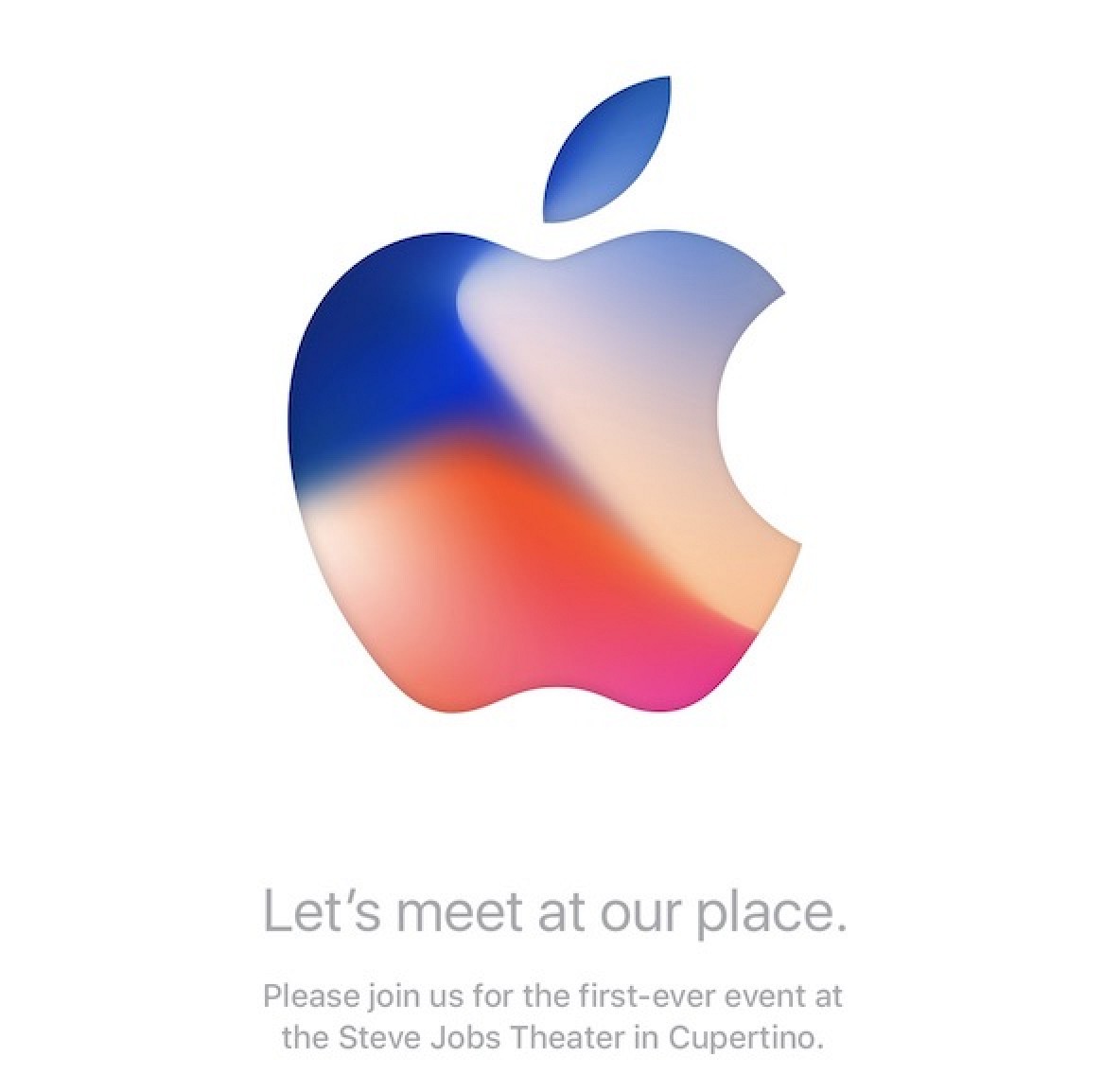
With an event set for September 12, the iPhone could see an official launch on Friday, September 22, with pre-orders taking place on September 15. Apple's past event and release dates are below:
KGI Securities analyst Ming-Chi Kuo believes supplies of the OLED iPhone 8 will be heavily constrained well into 2018, so many people may not be able to get one of the devices until late in 2017 or early in 2018.
Kuo says production verification tests on the iPhone 8 will begin in late August, leading to mass production in mid-September, which is earlier than Kuo's previous estimates. He forecasts shipments 2 to 4 million units in the third calendar quarter of 2017.
Citing supply chain sources, DigiTimes says all three iPhones coming in 2017 have entered volume production. The site's sources do not believe there will be shortages of the LCD iPhone 7s and iPhone 7s Plus, but the OLED-equipped iPhone 8 could "fall short of demand."
DigiTimes suggests yield rates for the OLED display panels destined for the iPhone 8 could be as low as three to four million, which is in line with Kuo's prediction. For some components, Apple has even resorted to purchasing manufacturing equipment and leasing it to suppliers in an effort to get parts on time.
Factors like the OLED display, wireless charging, new biometric features, and camera improvements are believed to drive up the price, causing Apple to need to charge more. The 3D Touch components, for example, are said to be 150 percent higher than the 3D Touch components used in the iPhone 7 and 7 Plus, while Samsung is said to be charging $120 to $130 per OLED module, up from $45 to $55 for LCD modules like those used in the 5.5-inch iPhone 7 Plus.
KGI Securities analyst Ming-Chi Kuo believes the OLED iPhone will cost in excess of $1,000, as does an inside source that spoke to Fast Company.
Goldman Sachs analyst Simona Jankowski believes the iPhone 8 will be available in 128GB and 256GB capacities, for $999 and $1,099, respectively, which isn't too much of a stretch because the 256GB iPhone 7 Plus already sells for $969.
UBS analyst Steven Milunovich disagrees with rumors of a premium price, predicting Apple will keep iPhone 8 pricing competitive with Samsung's most recent Galaxy S8+. He thinks Apple will sell a 64GB iPhone 8 for $850 to $900 and a higher-end 256GB model for $950 to $1,000.
The New York Times believes Apple is planning to sell the entry-level 64GB iPhone 8 for $999, coming in just under $1,000 price estimates.

With an event set for September 12, the iPhone could see an official launch on Friday, September 22, with pre-orders taking place on September 15. Apple's past event and release dates are below:
- 2012: iPhone 5 - announced September 12, released September 21
- 2013: iPhone 5s/5c - announced September 10, released September 20
- 2014: iPhone 6 - announced September 9, released September 19
- 2015: iPhone 6s - announced September 9, released September 25
- 2016: iPhone 7 - announced September 7, released September 16
KGI Securities analyst Ming-Chi Kuo believes supplies of the OLED iPhone 8 will be heavily constrained well into 2018, so many people may not be able to get one of the devices until late in 2017 or early in 2018.
Kuo says production verification tests on the iPhone 8 will begin in late August, leading to mass production in mid-September, which is earlier than Kuo's previous estimates. He forecasts shipments 2 to 4 million units in the third calendar quarter of 2017.
Citing supply chain sources, DigiTimes says all three iPhones coming in 2017 have entered volume production. The site's sources do not believe there will be shortages of the LCD iPhone 7s and iPhone 7s Plus, but the OLED-equipped iPhone 8 could "fall short of demand."
DigiTimes suggests yield rates for the OLED display panels destined for the iPhone 8 could be as low as three to four million, which is in line with Kuo's prediction. For some components, Apple has even resorted to purchasing manufacturing equipment and leasing it to suppliers in an effort to get parts on time.
Pricing
Multiple rumors have suggested the iPhone 8 could be the most expensive iPhone Apple's produced yet, with several analysts predicting prices upwards of $1,000 and labeling the device as "premium."Factors like the OLED display, wireless charging, new biometric features, and camera improvements are believed to drive up the price, causing Apple to need to charge more. The 3D Touch components, for example, are said to be 150 percent higher than the 3D Touch components used in the iPhone 7 and 7 Plus, while Samsung is said to be charging $120 to $130 per OLED module, up from $45 to $55 for LCD modules like those used in the 5.5-inch iPhone 7 Plus.
KGI Securities analyst Ming-Chi Kuo believes the OLED iPhone will cost in excess of $1,000, as does an inside source that spoke to Fast Company.
Goldman Sachs analyst Simona Jankowski believes the iPhone 8 will be available in 128GB and 256GB capacities, for $999 and $1,099, respectively, which isn't too much of a stretch because the 256GB iPhone 7 Plus already sells for $969.
UBS analyst Steven Milunovich disagrees with rumors of a premium price, predicting Apple will keep iPhone 8 pricing competitive with Samsung's most recent Galaxy S8+. He thinks Apple will sell a 64GB iPhone 8 for $850 to $900 and a higher-end 256GB model for $950 to $1,000.
The New York Times believes Apple is planning to sell the entry-level 64GB iPhone 8 for $999, coming in just under $1,000 price estimates.
Beyond the iPhone 8
We're months away from the launch of the iPhone 8, but we're already hearing iPhone 9 rumors. According to information sourced from Apple and Samsung's supply chain deal, the iPhone 9 could feature OLED displays in the following sizes: 5.85 inches and 6.46 inches. Samsung will reportedly supply 180 million OLED display units.
Apple is also rumored to be mulling a partnership with Japan Display. Japan Display is developing flexible LCD panels that will be ready in 2018 and could be used in future iPhone models. Samsung may also go back to producing some of the chips for the iPhone expected in 2018, joining TSMC, but rumors currently disagree on this point. LG will reportedly supply L-shaped batteries for the 2017 iPhone.
In the future, Apple is said to be aiming to make all of its iPhones with OLED displays, not just a single high-end model. An all-OLED lineup could happen by 2018 or 2019.
Apple may be taking a more active role in display development going forward and has purchased equipment to build its own OLED panel research and development line in Taiwan. Apple is also pushing LG to build out its OLED display production facilities with the aim of reducing its reliance on Samsung.
Several chemical vapor deposition (CVD) machines were purchased from Sunic System, reportedly so Apple can reduce its reliance on Chinese suppliers. CVD is a technique for fabricating and synthesizing thin films of polymeric materials.
Future iPhones could include an "Apple Neural Engine" chip designed to power AI functions in the device. This would offload demanding AI processing tasks to a secondary processor, allowing Apple to conserve battery life. It's not entirely clear when Apple will be ready to implement its AI chip in iPhones and other devices.
In 2018, Apple may add iris scanning capabilities to the iPhone, which could be used alongside of or in place of Touch ID. Like a fingerprint, each person's iris is unique and so iris scanning can be used for identification purposes.
Iris scanning is also a feature that has been rumored for the 2017 iPhone, so it's not clear when the iPhone could potentially gain these capabilities, if ever. Iris scanning rumors have come from two sources, but with the 2017 and 2018 iPhones still far off, Apple's plans could change.
Apple is also rumored to be mulling a partnership with Japan Display. Japan Display is developing flexible LCD panels that will be ready in 2018 and could be used in future iPhone models. Samsung may also go back to producing some of the chips for the iPhone expected in 2018, joining TSMC, but rumors currently disagree on this point. LG will reportedly supply L-shaped batteries for the 2017 iPhone.
In the future, Apple is said to be aiming to make all of its iPhones with OLED displays, not just a single high-end model. An all-OLED lineup could happen by 2018 or 2019.
Apple may be taking a more active role in display development going forward and has purchased equipment to build its own OLED panel research and development line in Taiwan. Apple is also pushing LG to build out its OLED display production facilities with the aim of reducing its reliance on Samsung.
Several chemical vapor deposition (CVD) machines were purchased from Sunic System, reportedly so Apple can reduce its reliance on Chinese suppliers. CVD is a technique for fabricating and synthesizing thin films of polymeric materials.
Future iPhones could include an "Apple Neural Engine" chip designed to power AI functions in the device. This would offload demanding AI processing tasks to a secondary processor, allowing Apple to conserve battery life. It's not entirely clear when Apple will be ready to implement its AI chip in iPhones and other devices.
In 2018, Apple may add iris scanning capabilities to the iPhone, which could be used alongside of or in place of Touch ID. Like a fingerprint, each person's iris is unique and so iris scanning can be used for identification purposes.
Iris scanning is also a feature that has been rumored for the 2017 iPhone, so it's not clear when the iPhone could potentially gain these capabilities, if ever. Iris scanning rumors have come from two sources, but with the 2017 and 2018 iPhones still far off, Apple's plans could change.
iPhone 8 Timeline
September2017
August2017
Aug 22
Face ID Described as iPhone 8's 'Crown Jewel', Unlocking Device in 'A Few Hundred Milliseconds'
✍ Sumber Pautan : ☕ macrumors.com
Kredit kepada pemilik laman asal dan sekira berminat untuk meneruskan bacaan sila klik link atau copy paste ke web server : https://www.macrumors.com/roundup/iphone-8/
(✿◠‿◠)✌ Mukah Pages : Pautan Viral Media Sensasi Tanpa Henti. Memuat-naik beraneka jenis artikel menarik setiap detik tanpa henti dari pelbagai sumber. Selamat membaca dan jangan lupa untuk 👍 Like & 💕 Share di media sosial anda!




















Post a Comment